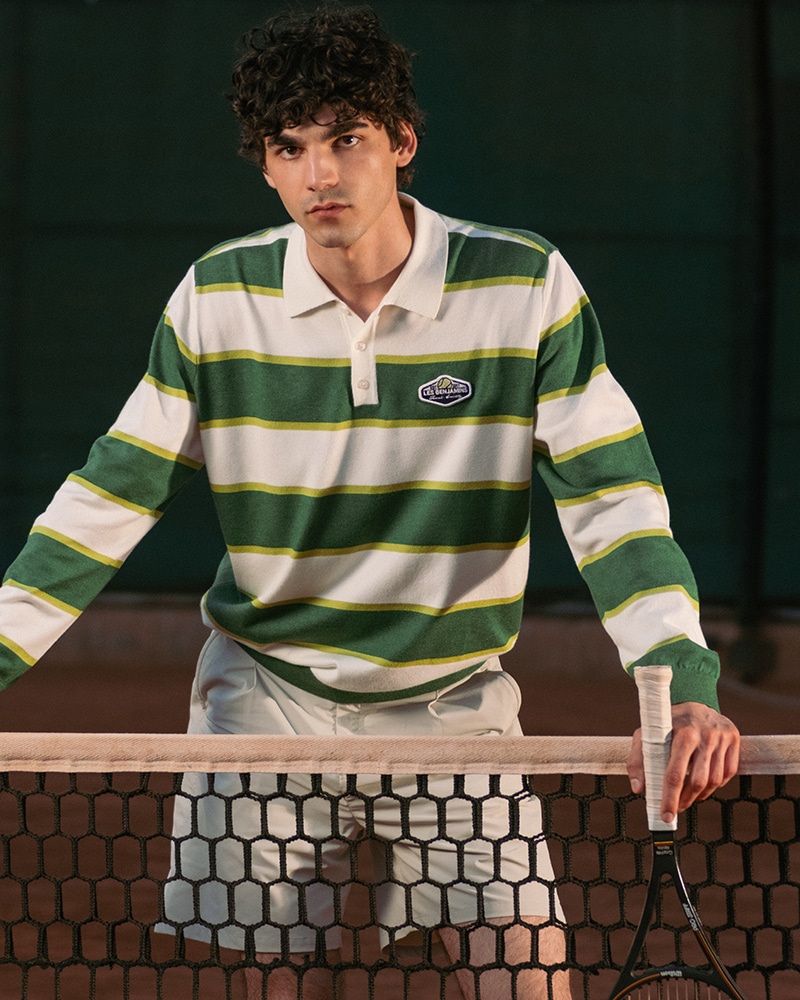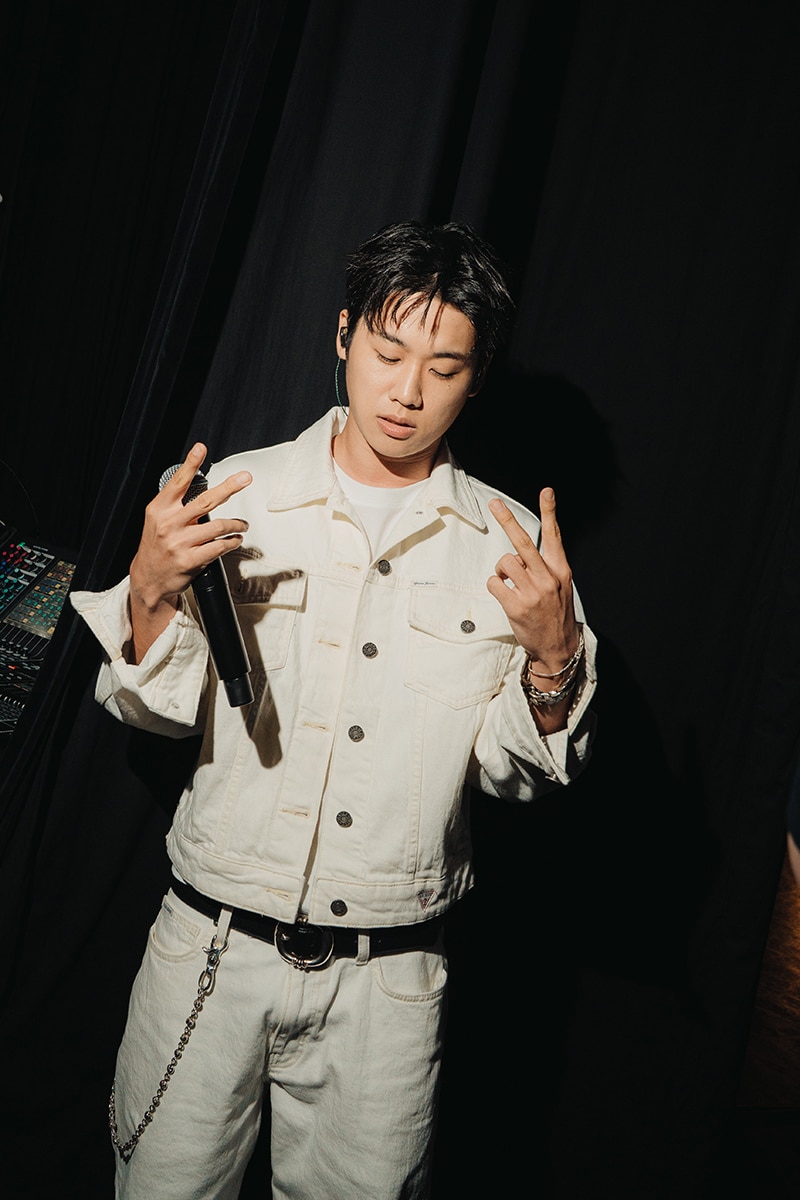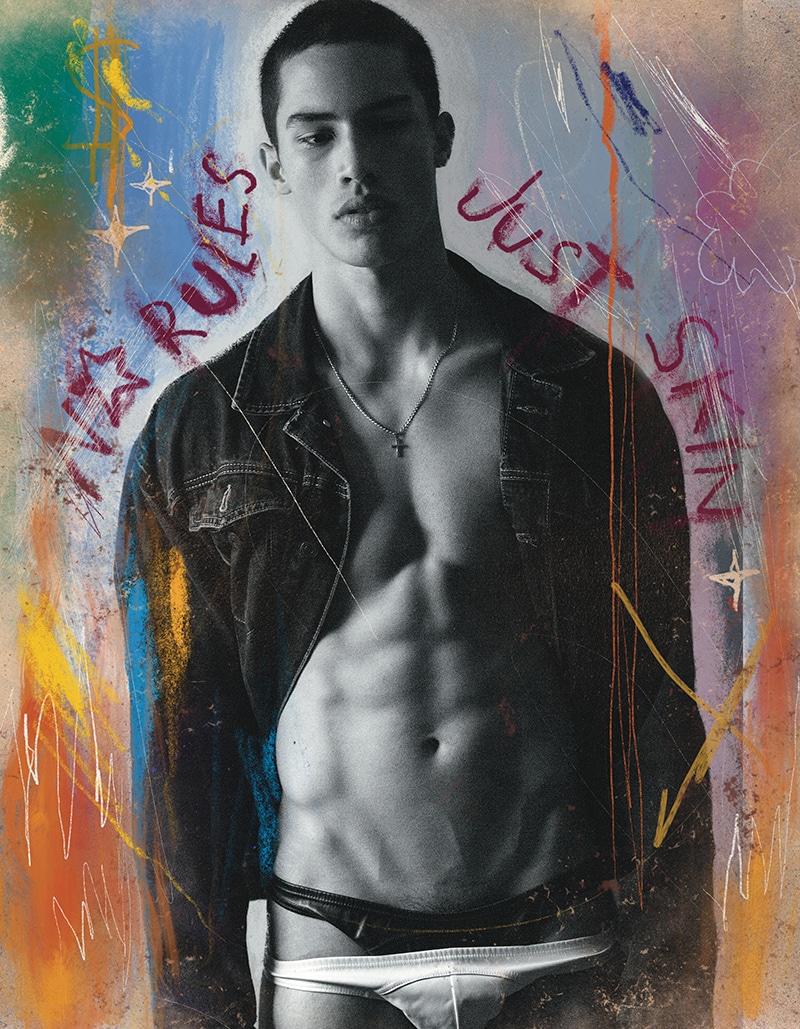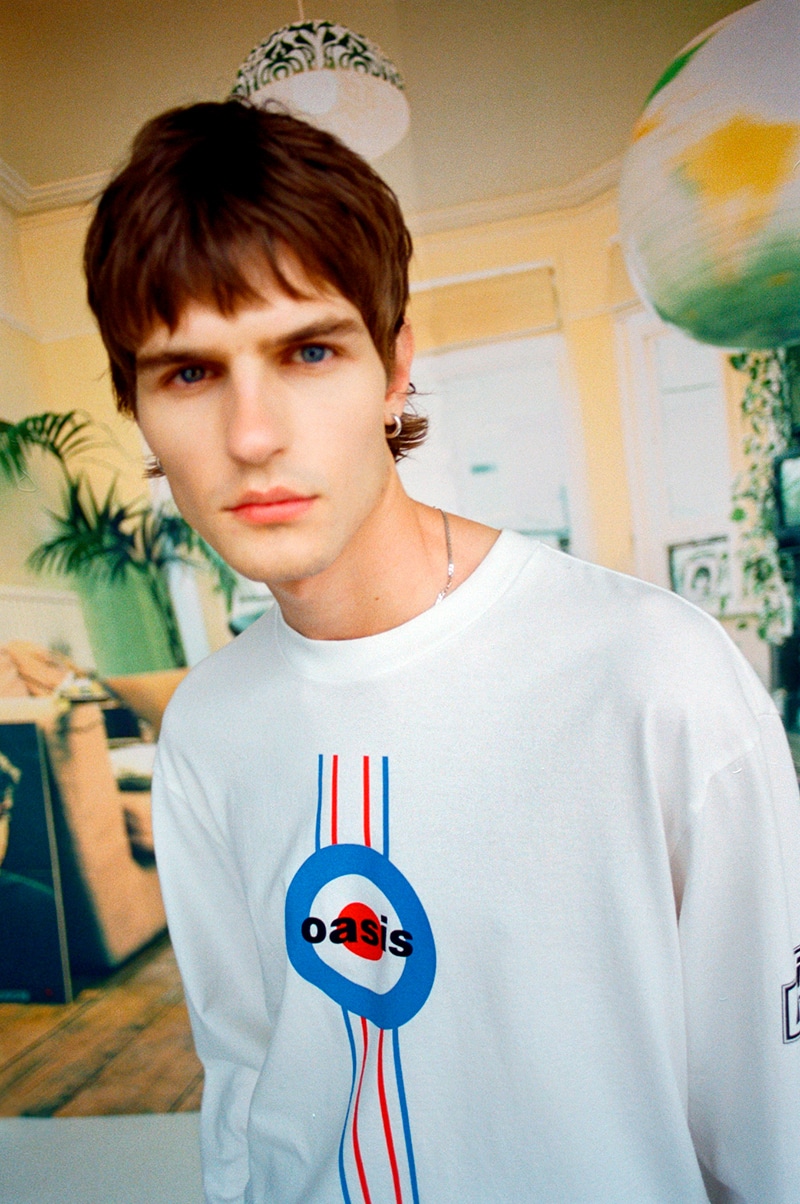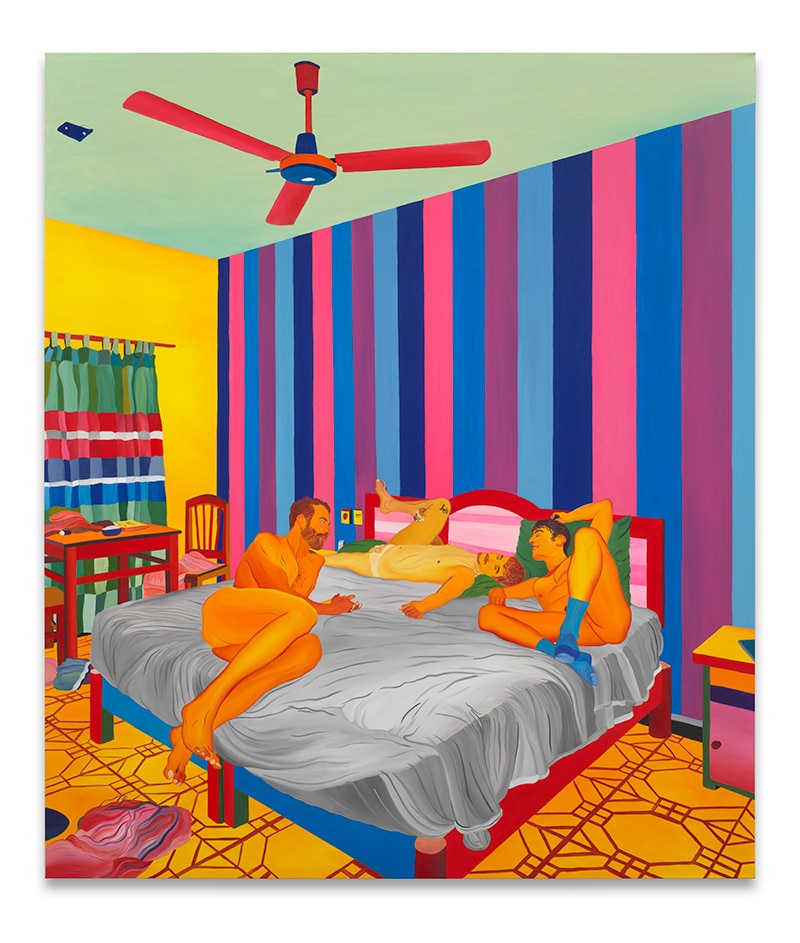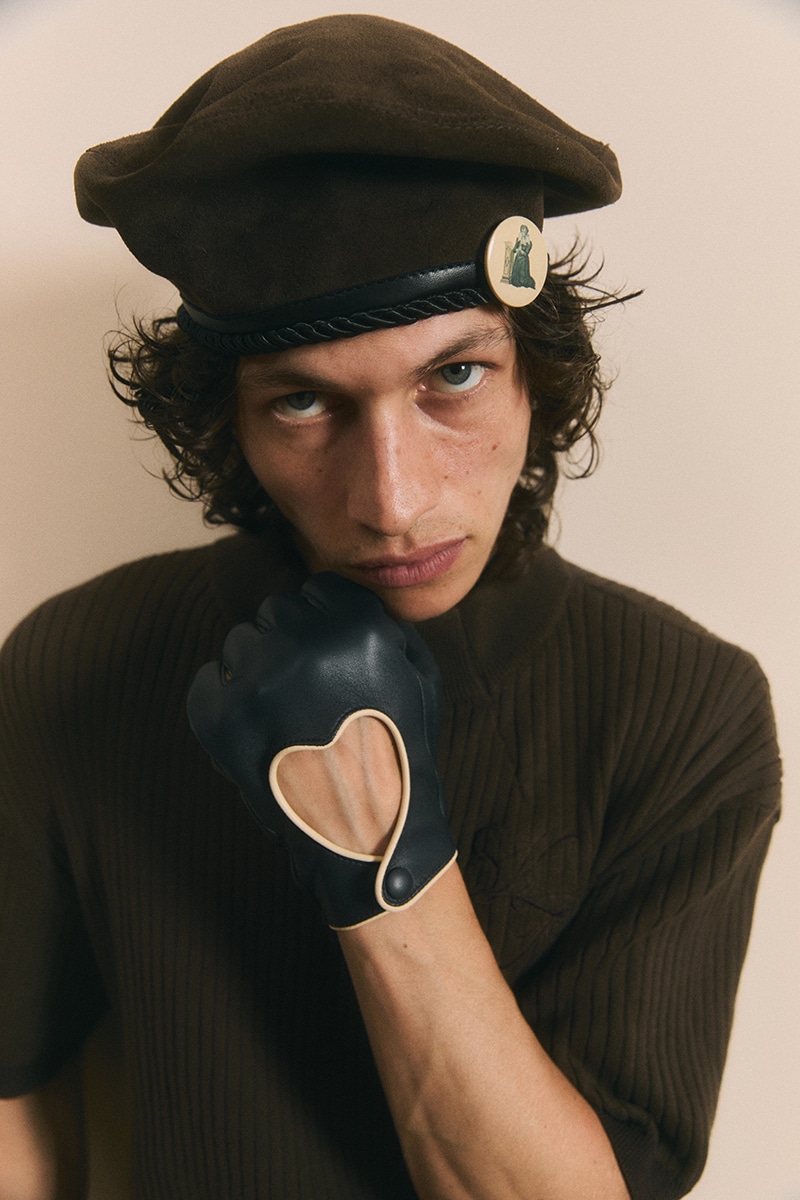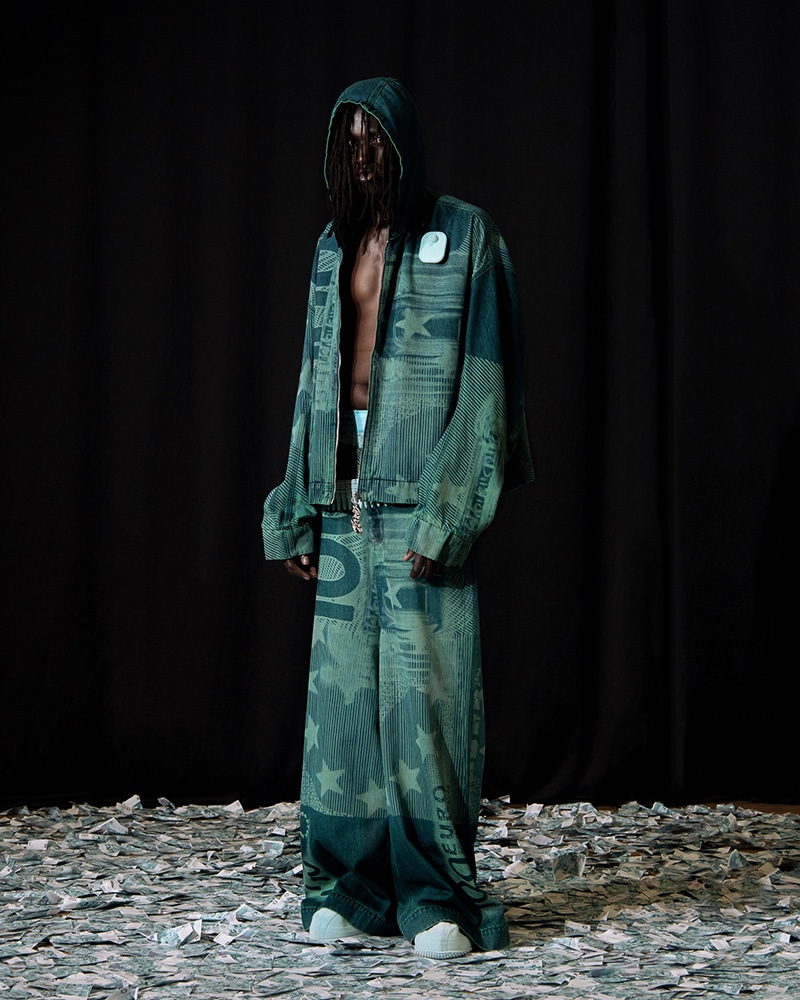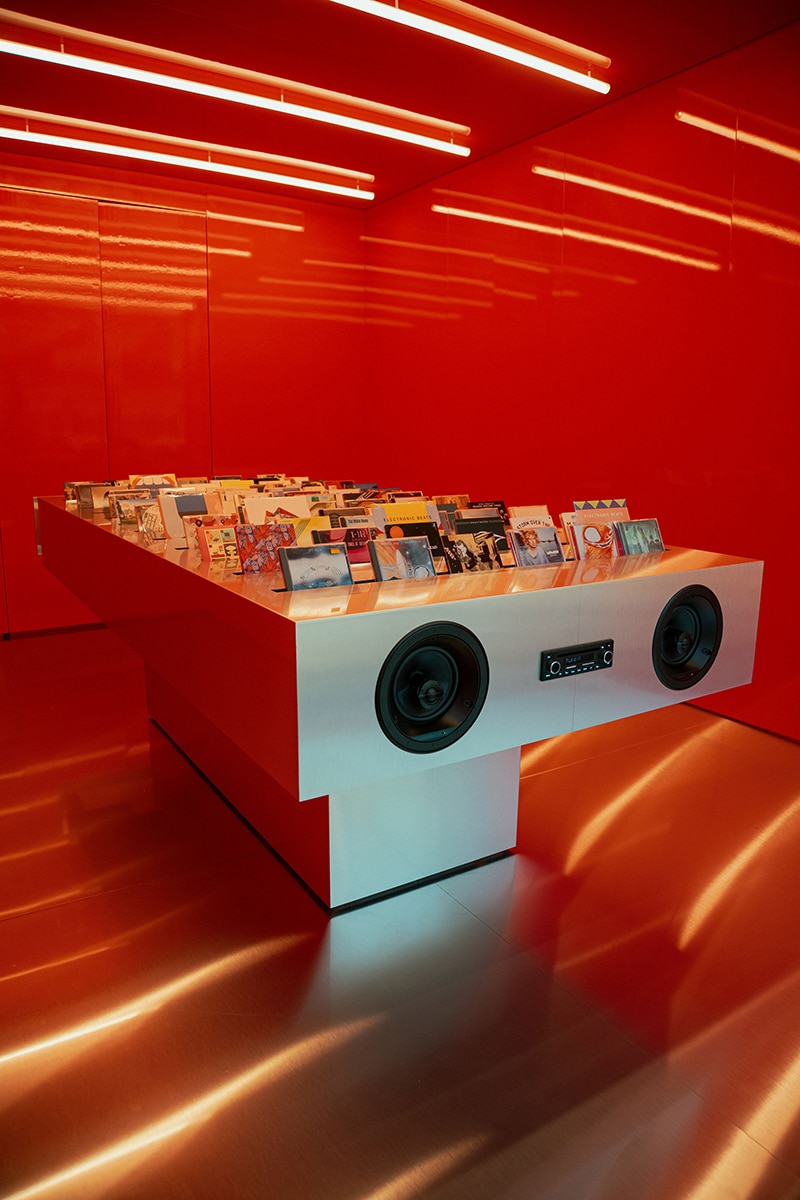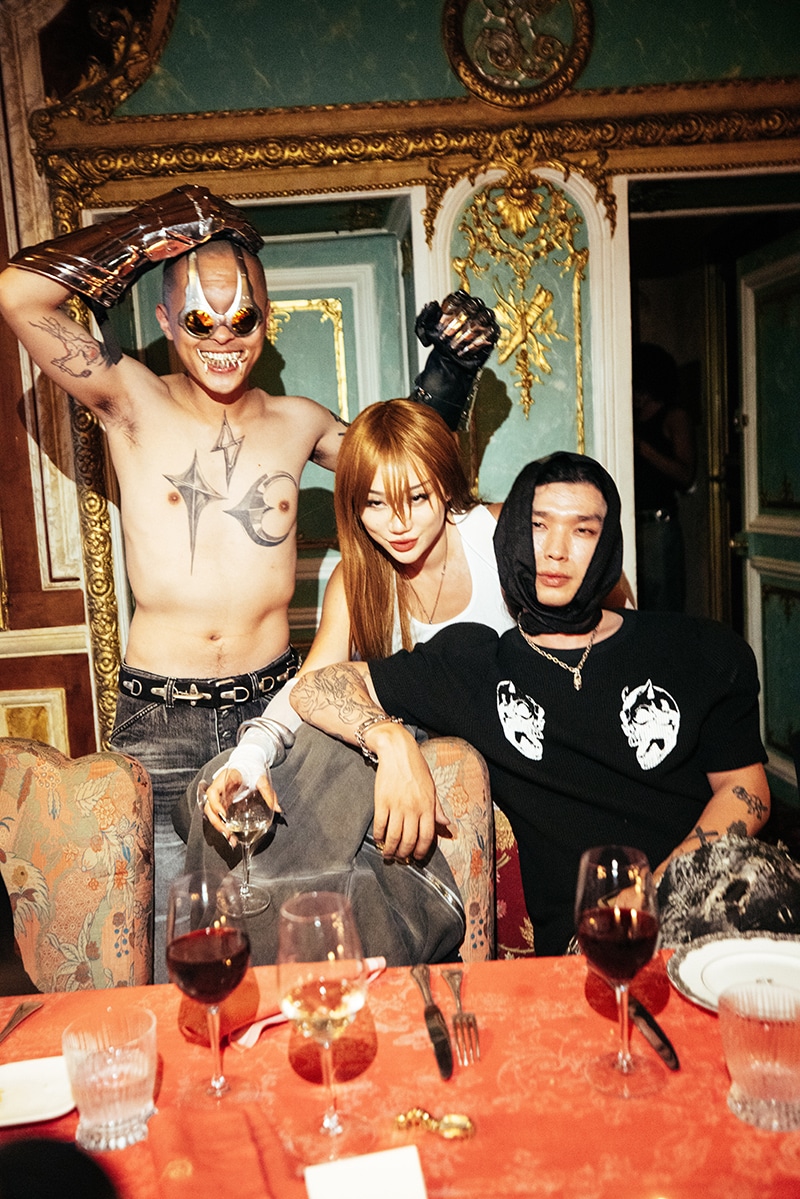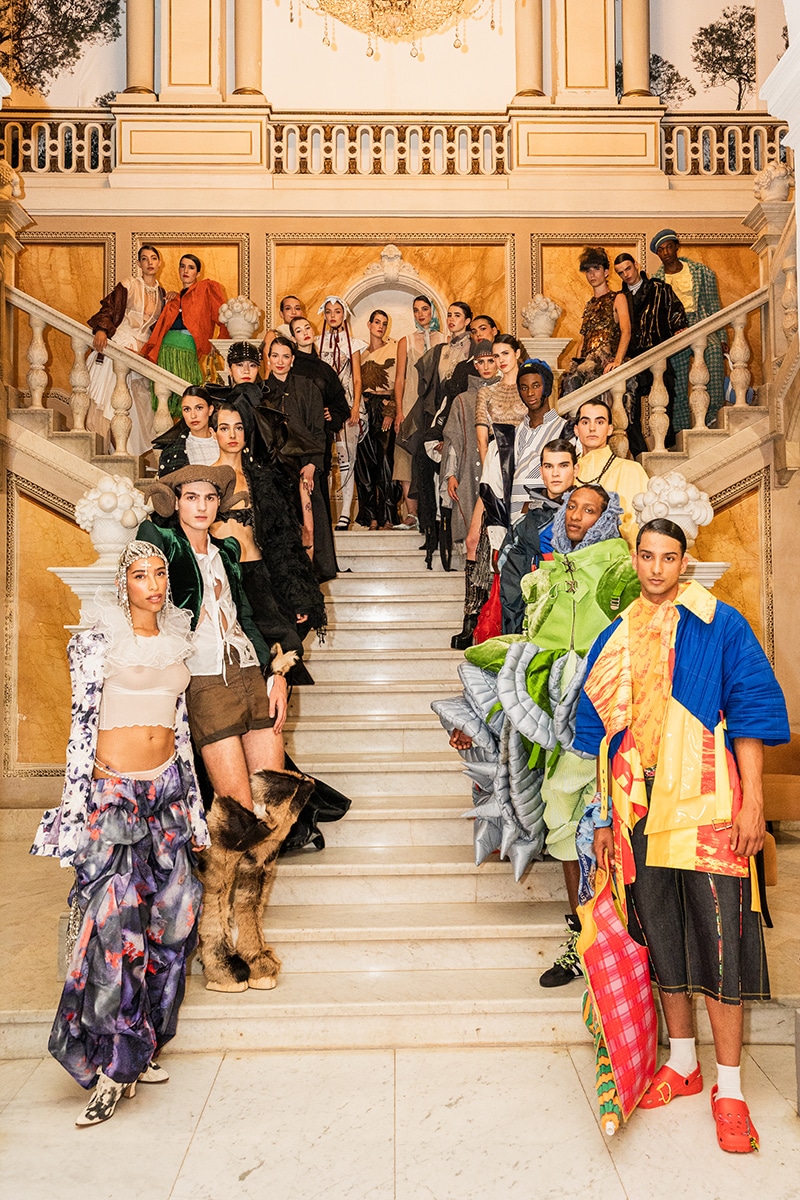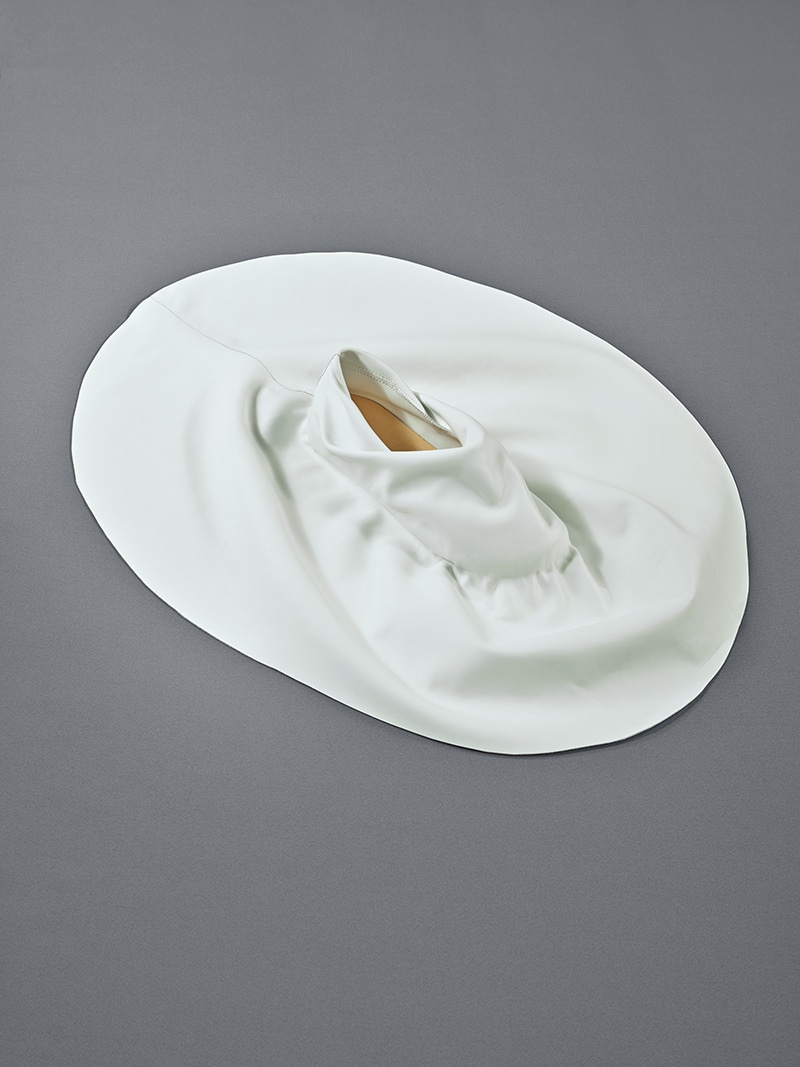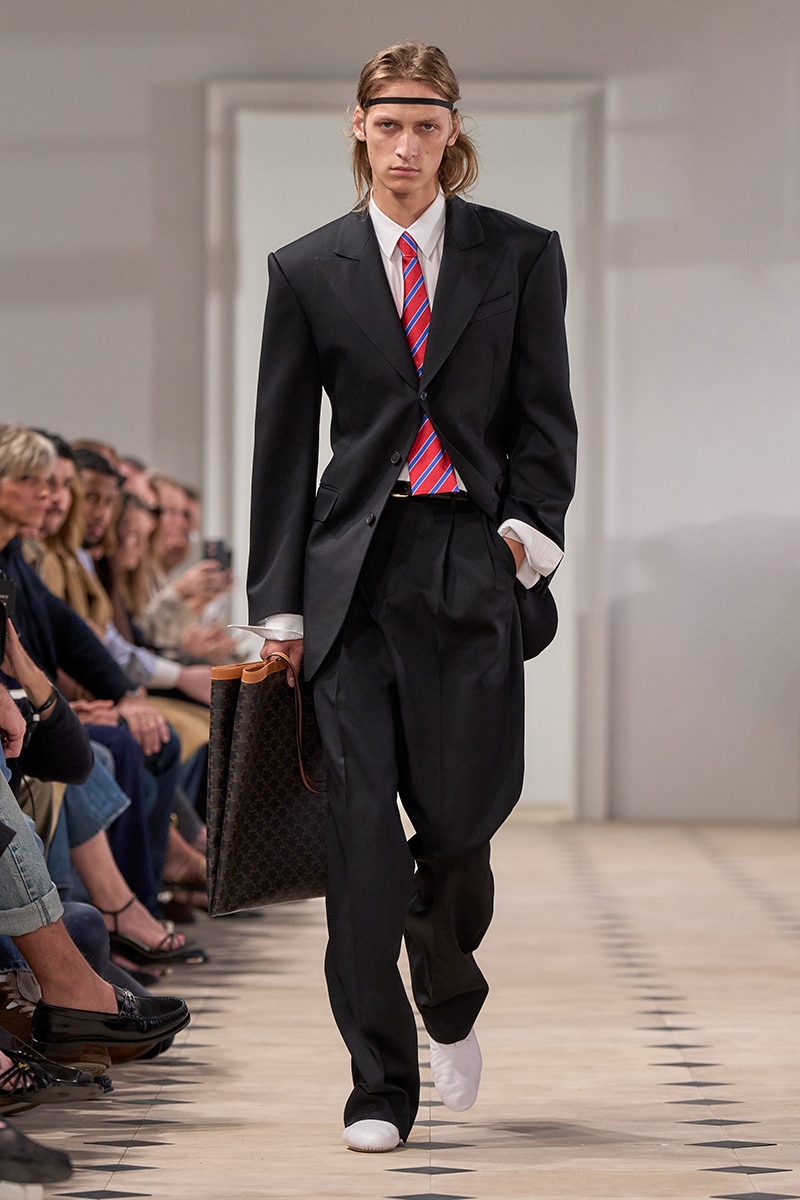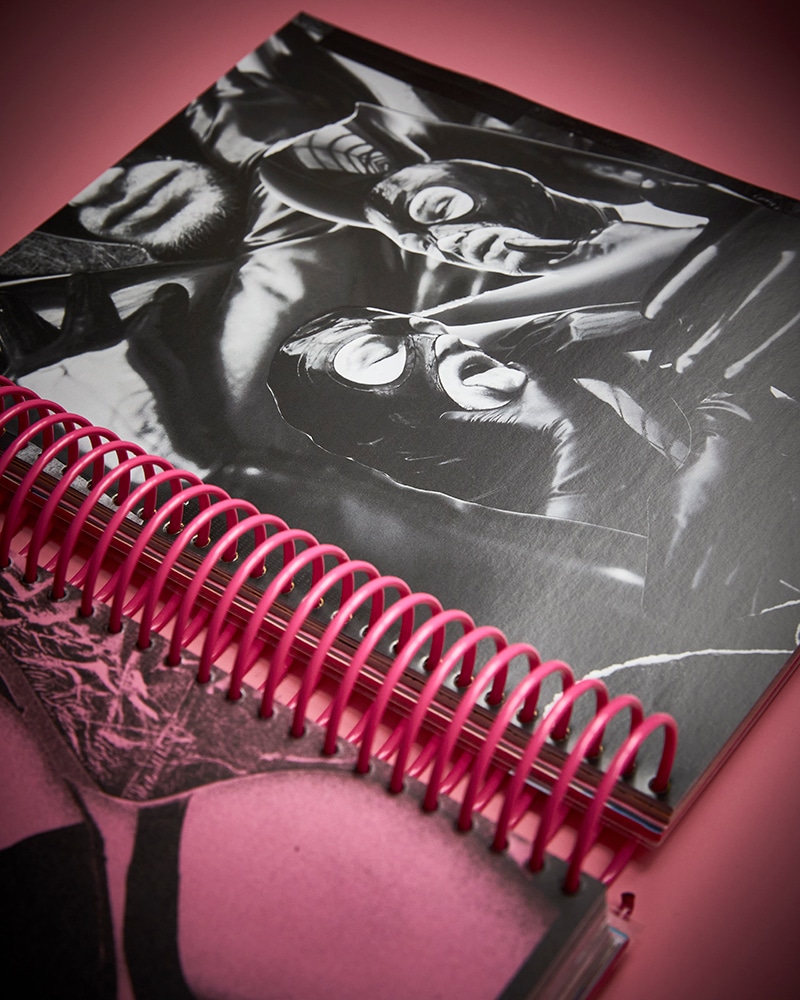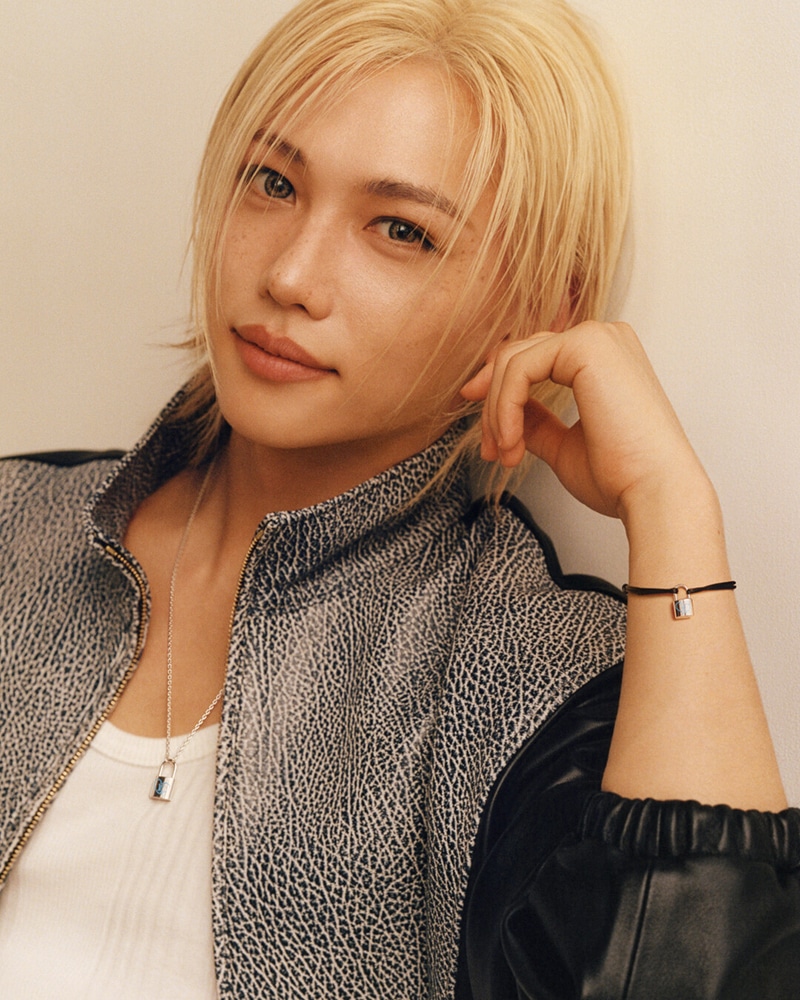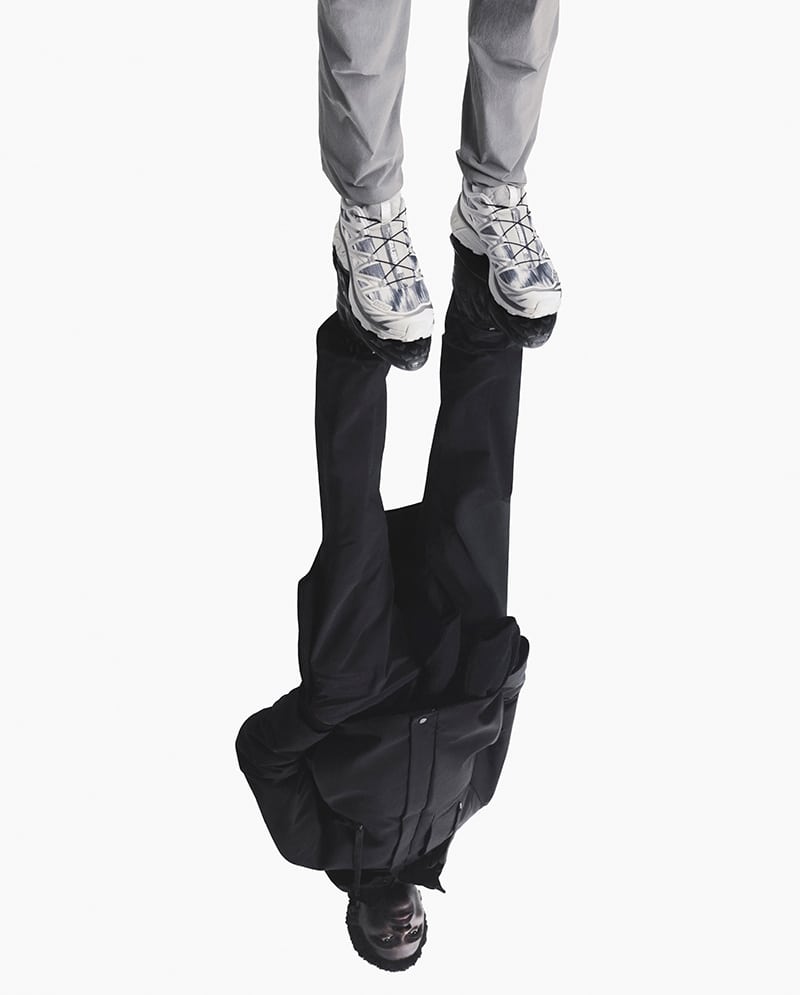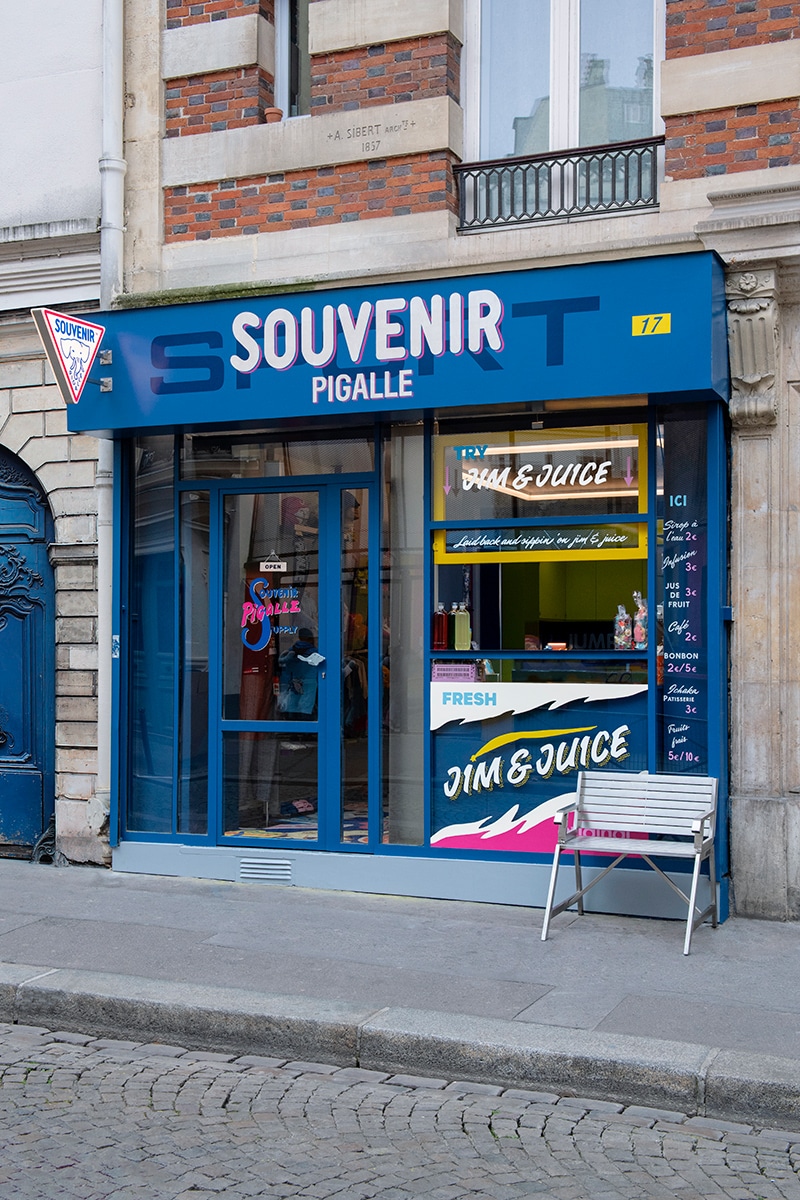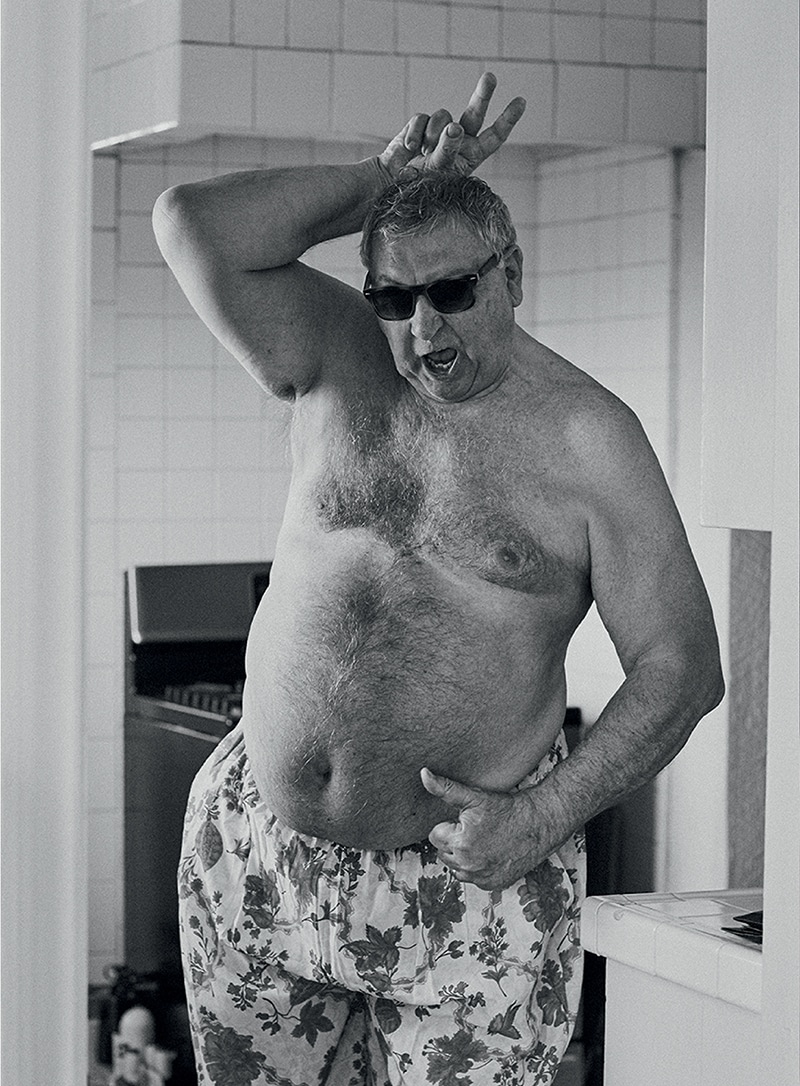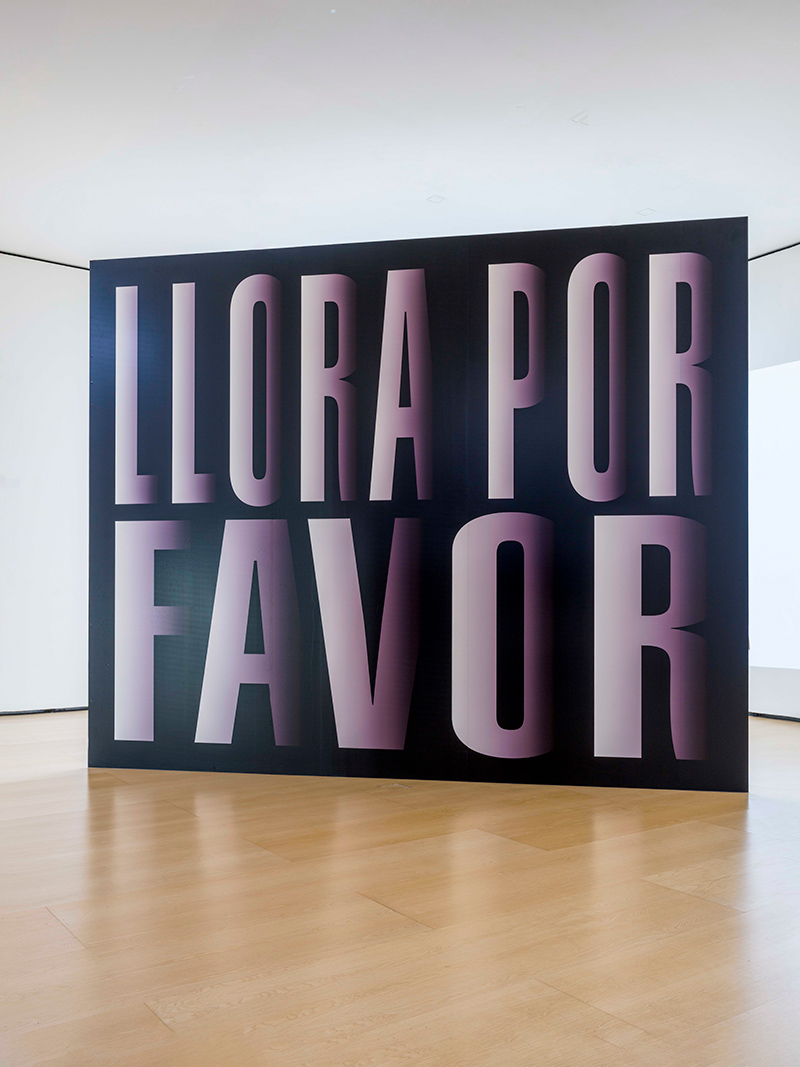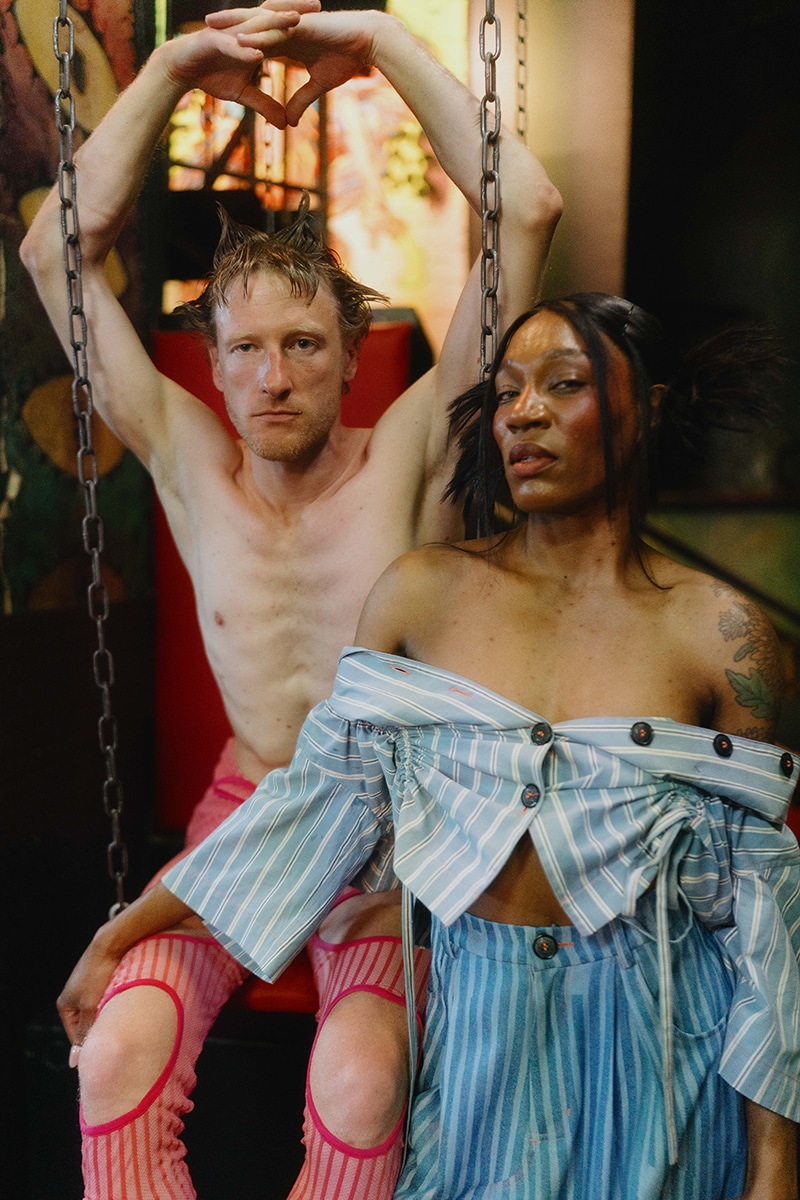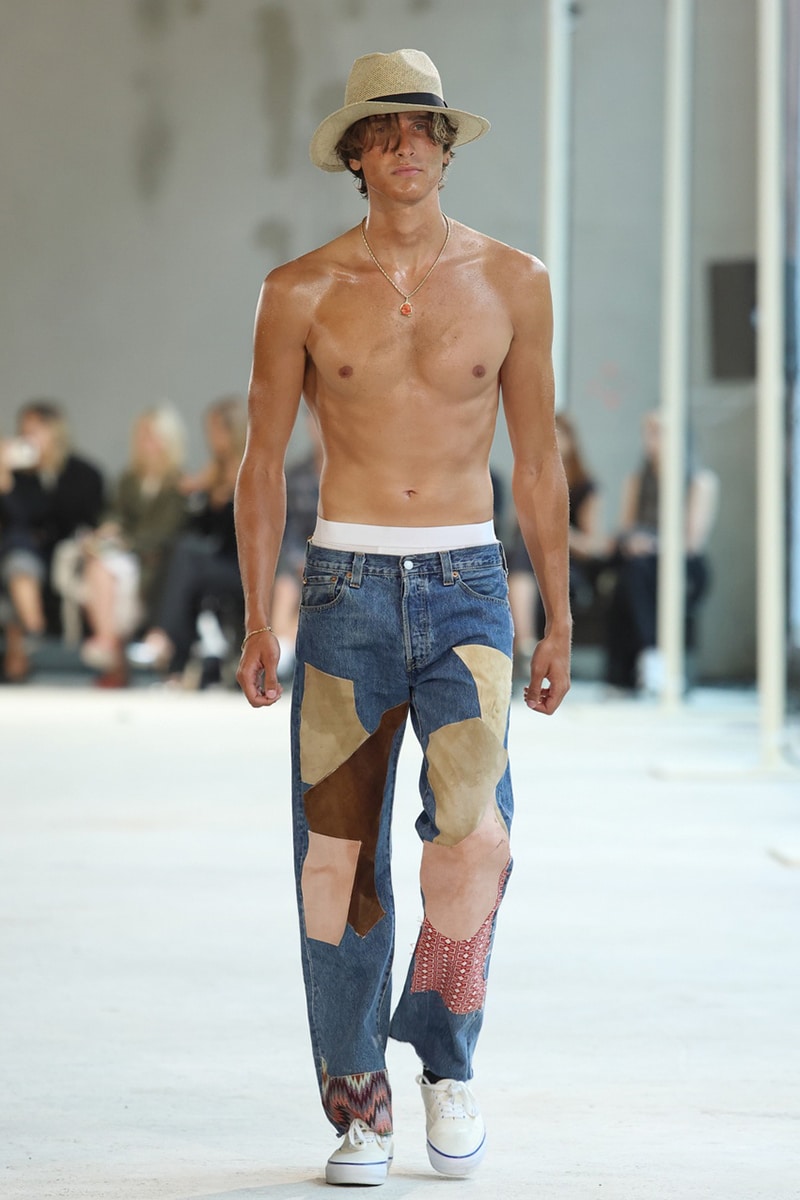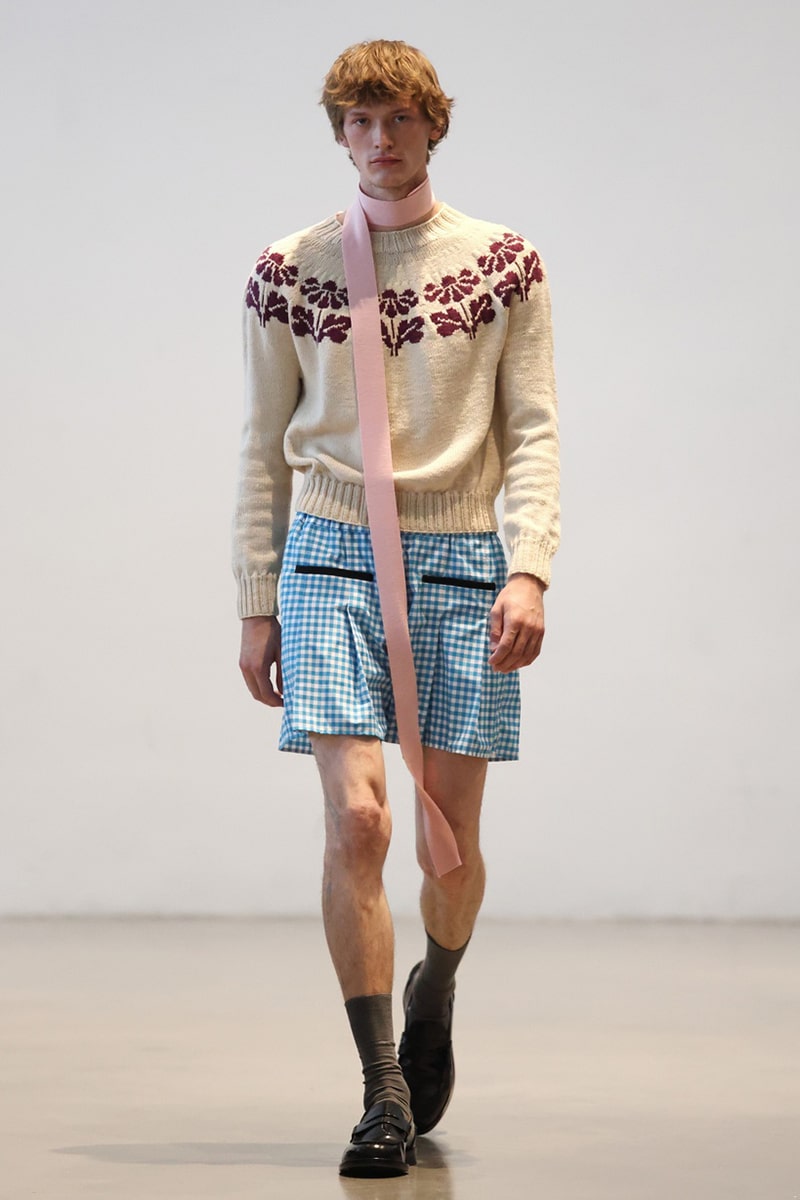Givenchy Fall/Winter 2020
by Chidozie Obasi
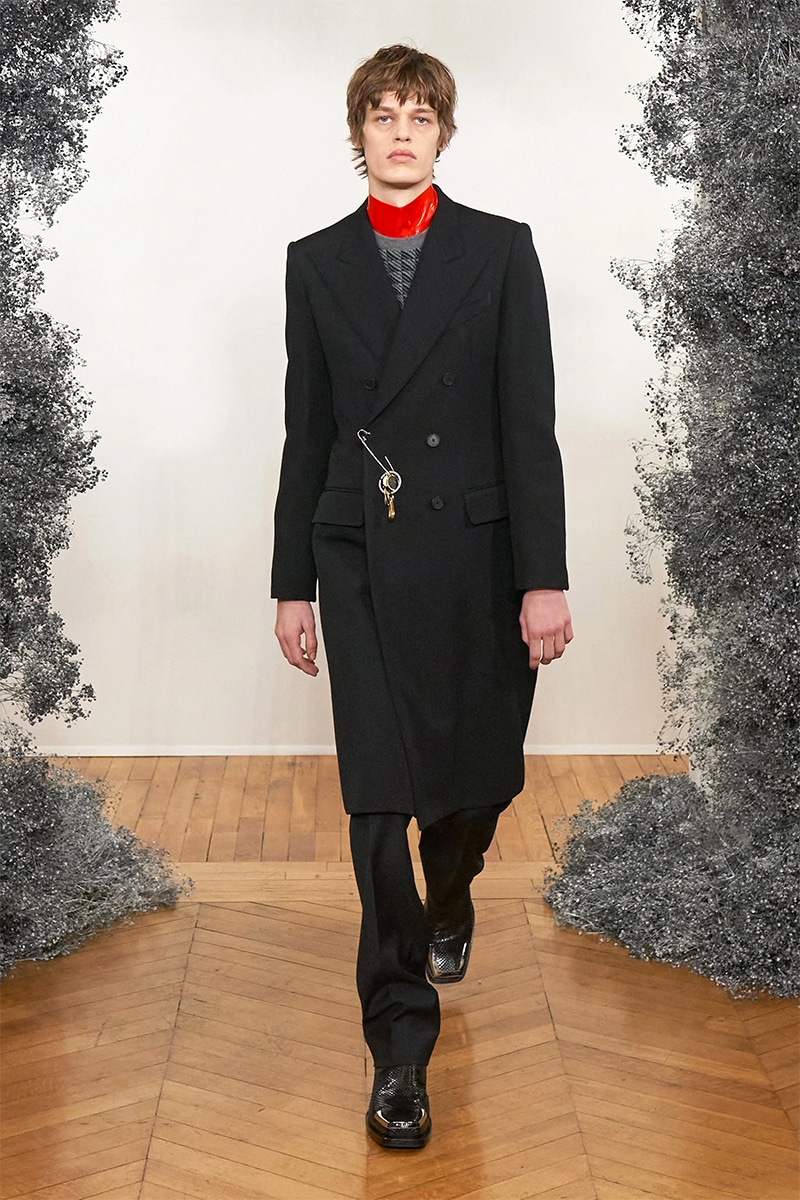
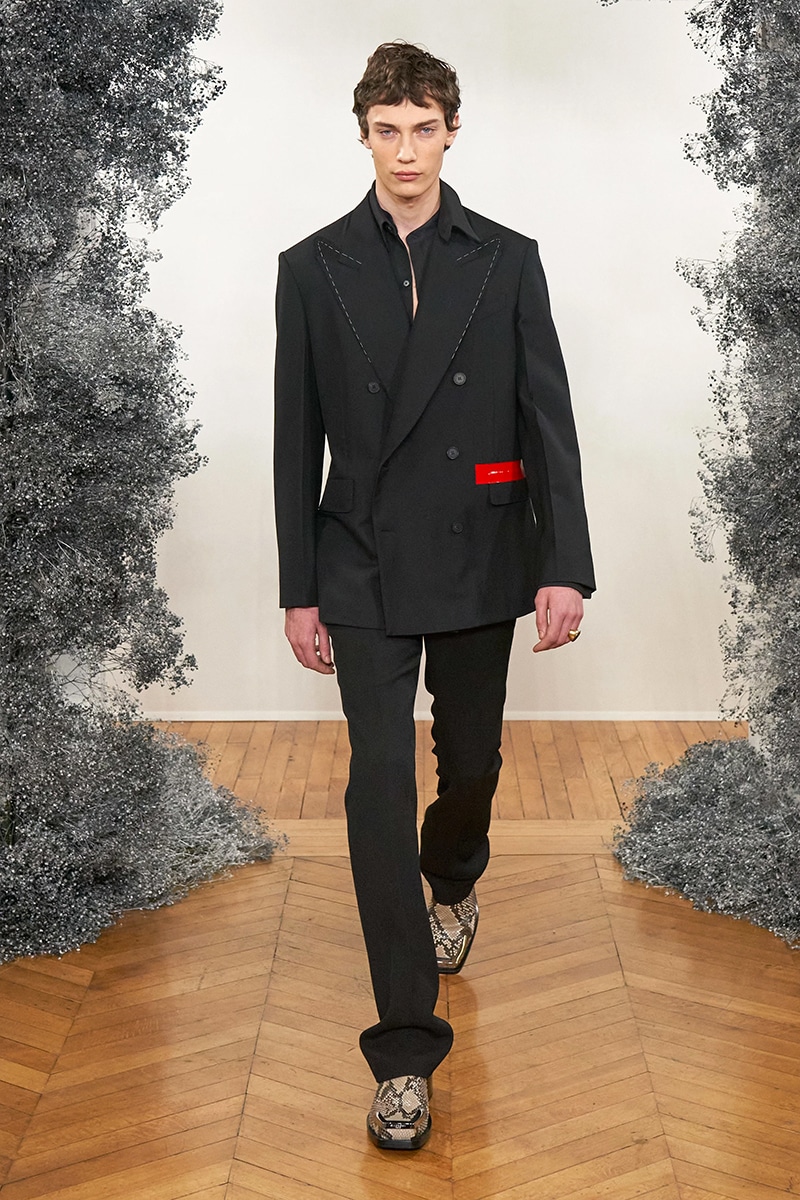


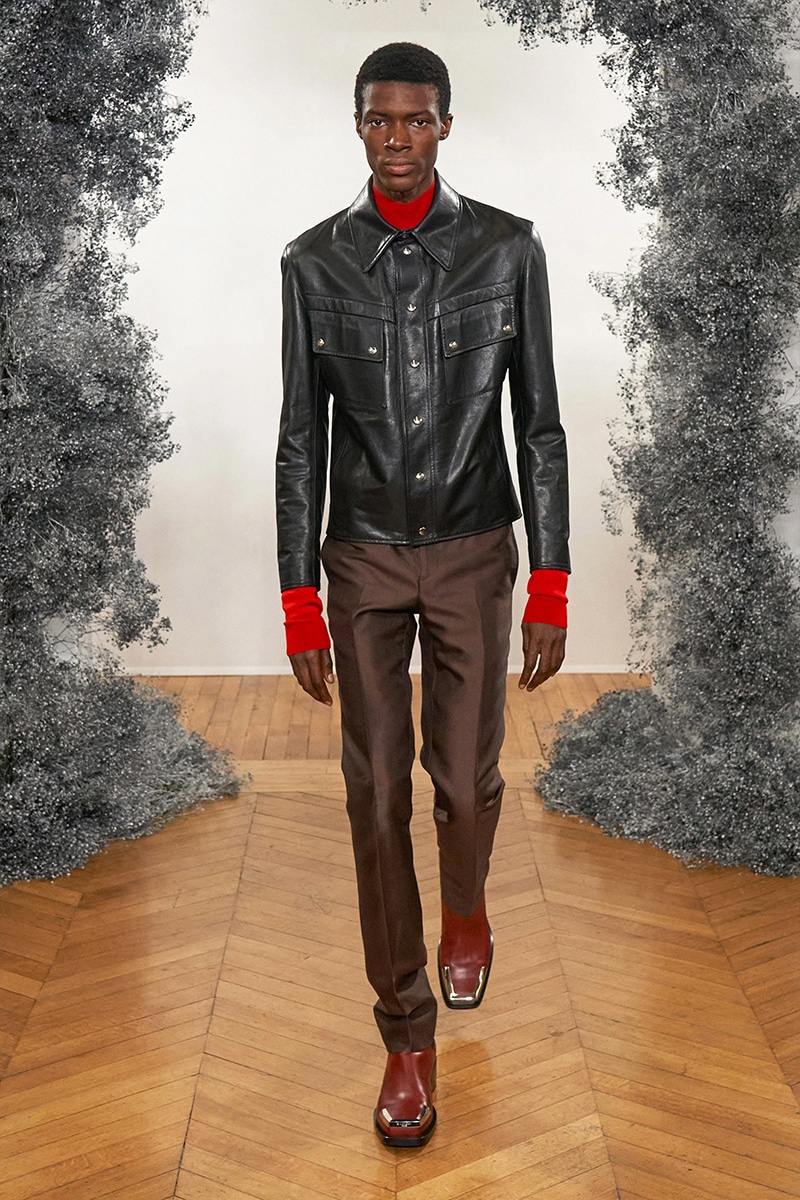



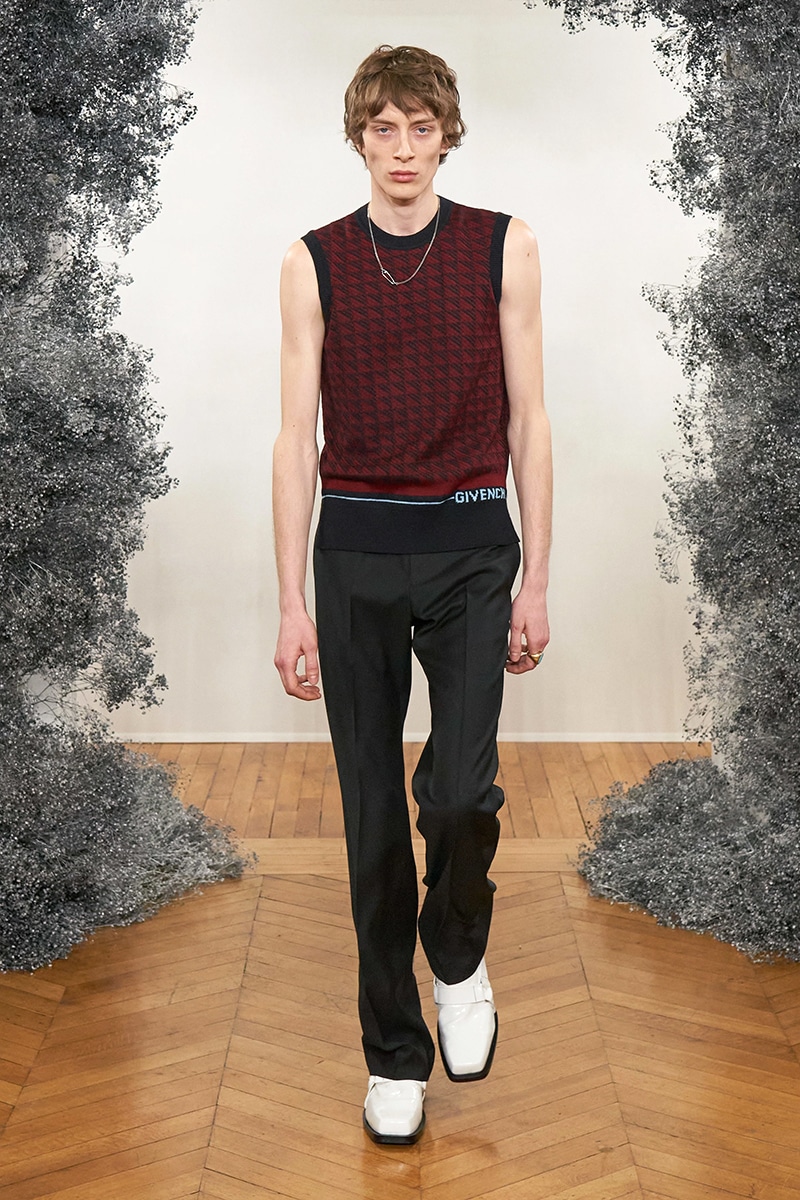

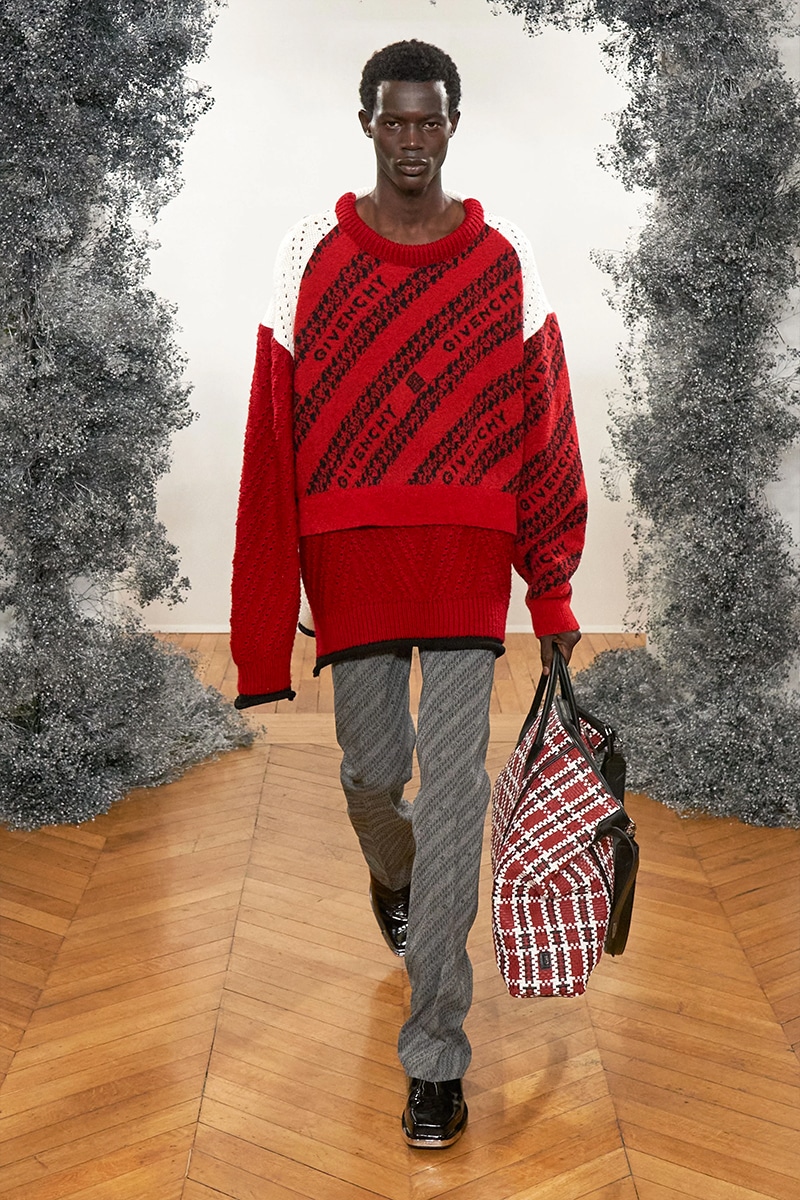




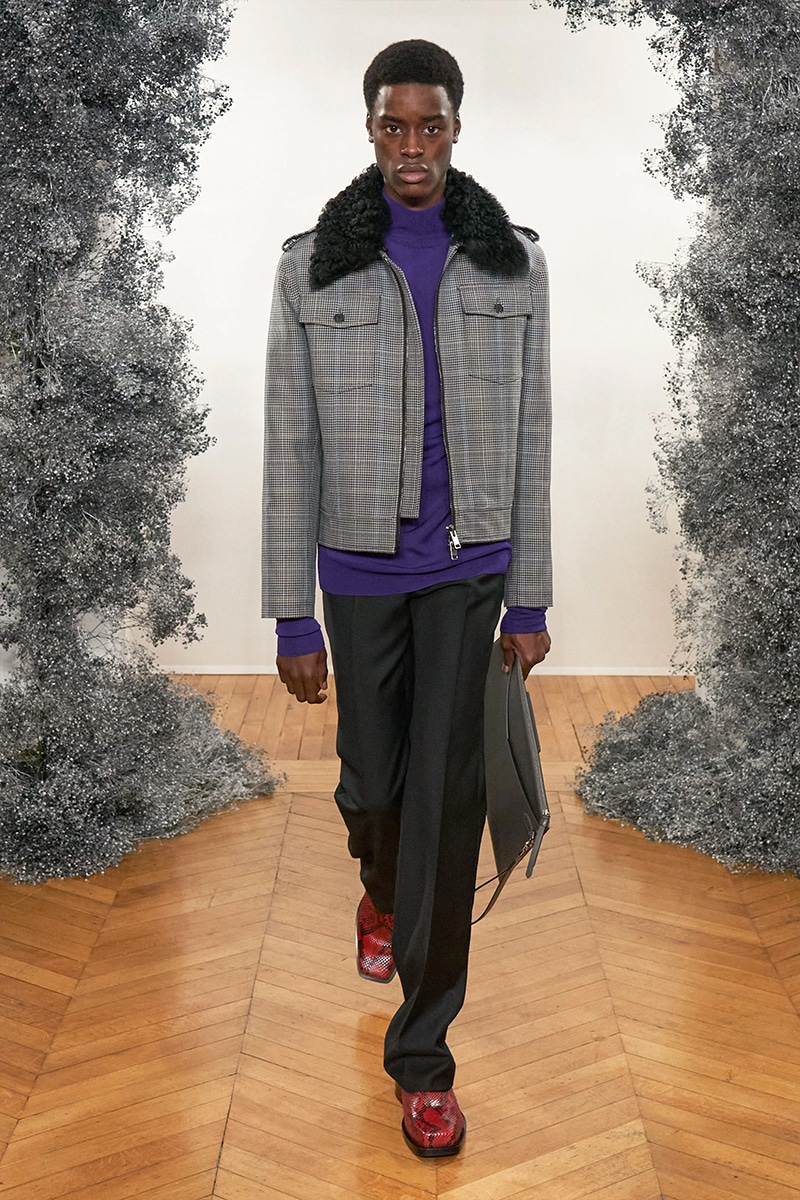
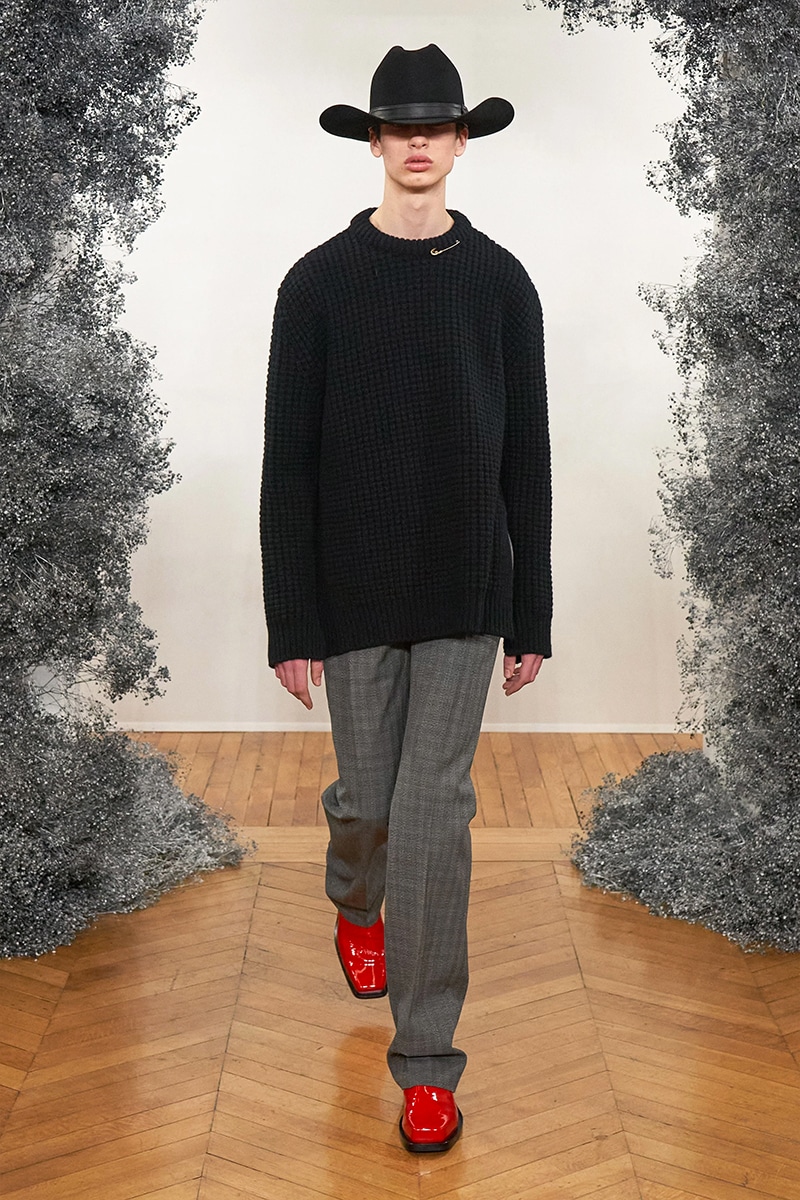
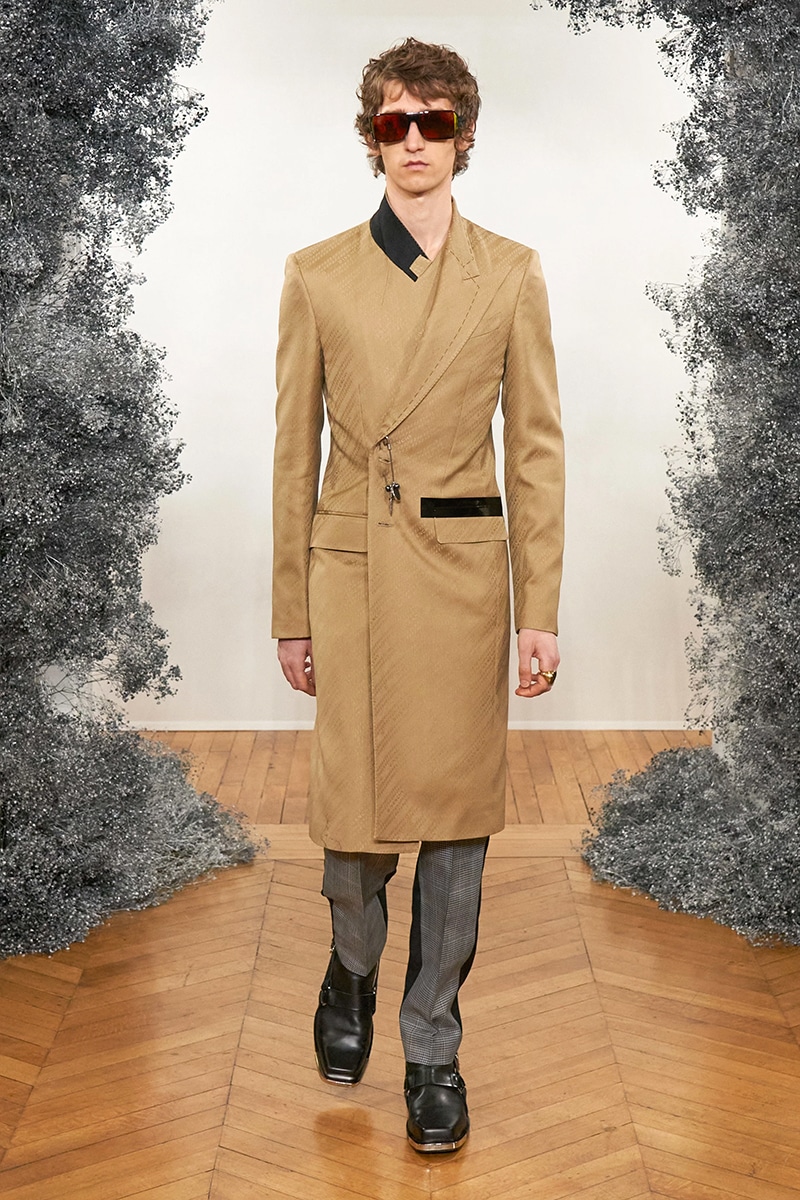

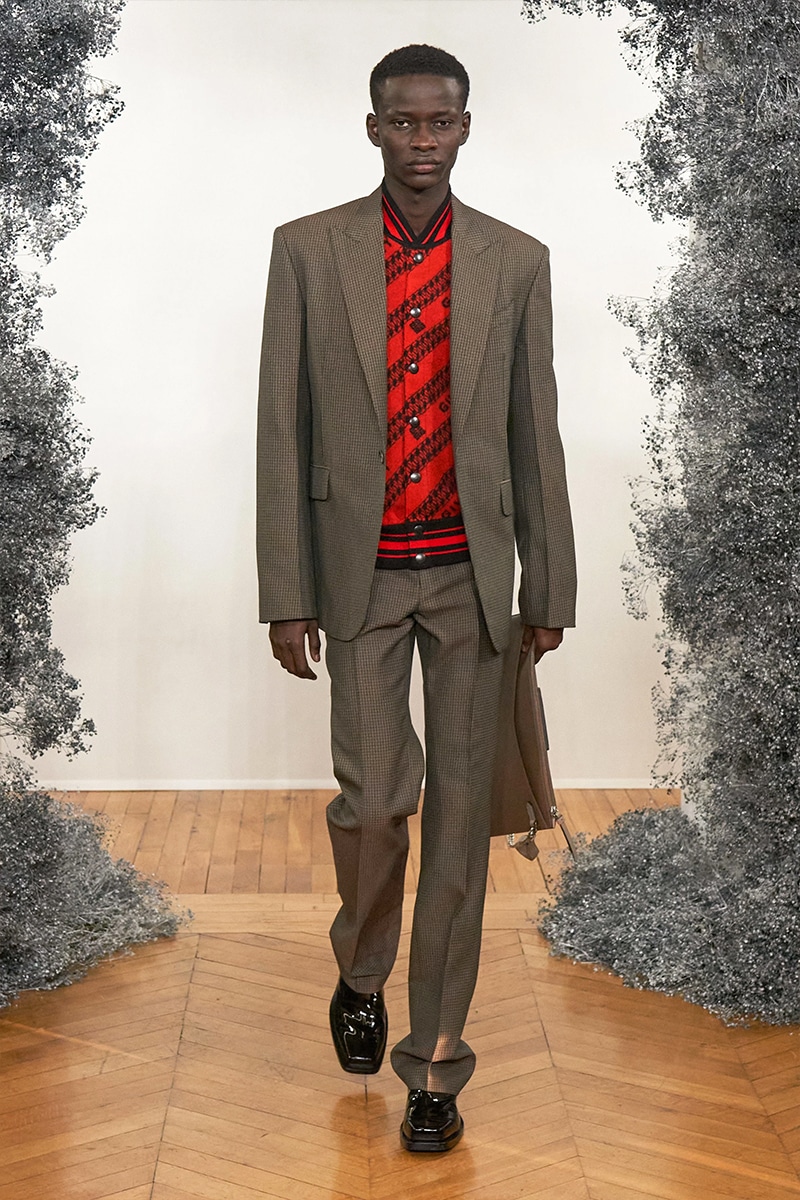
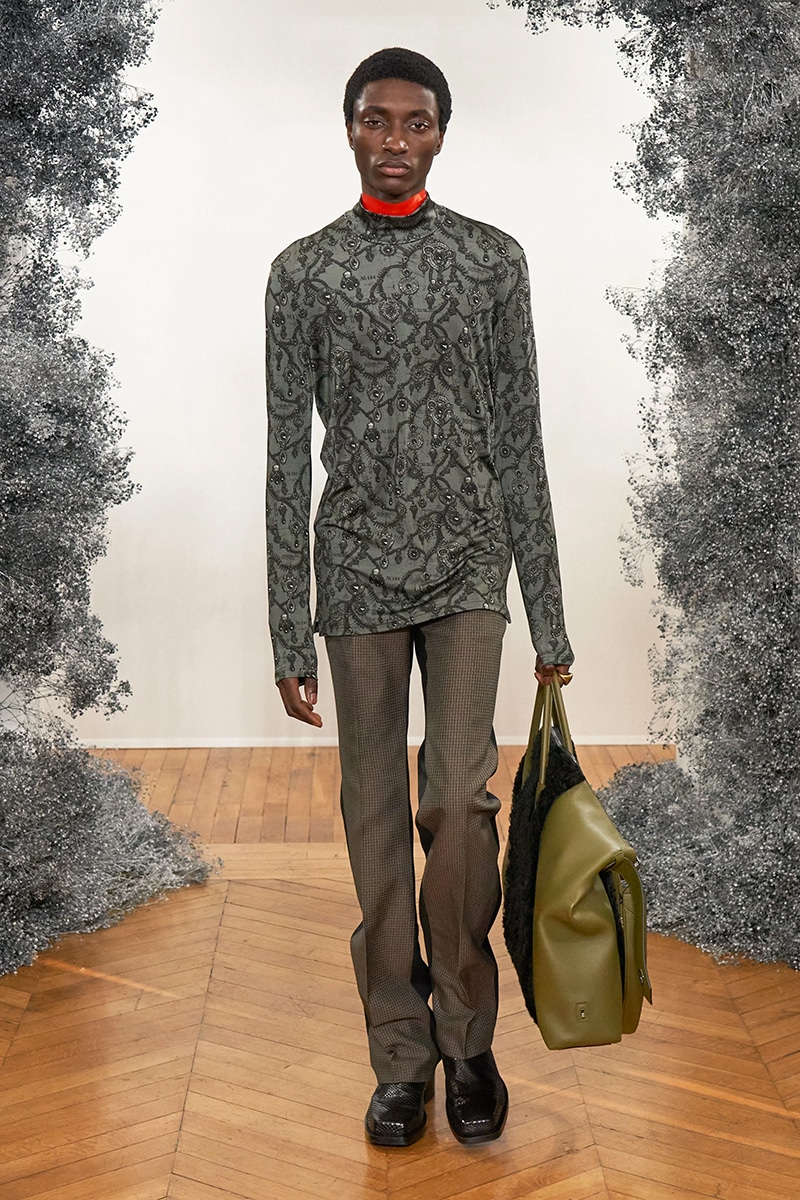

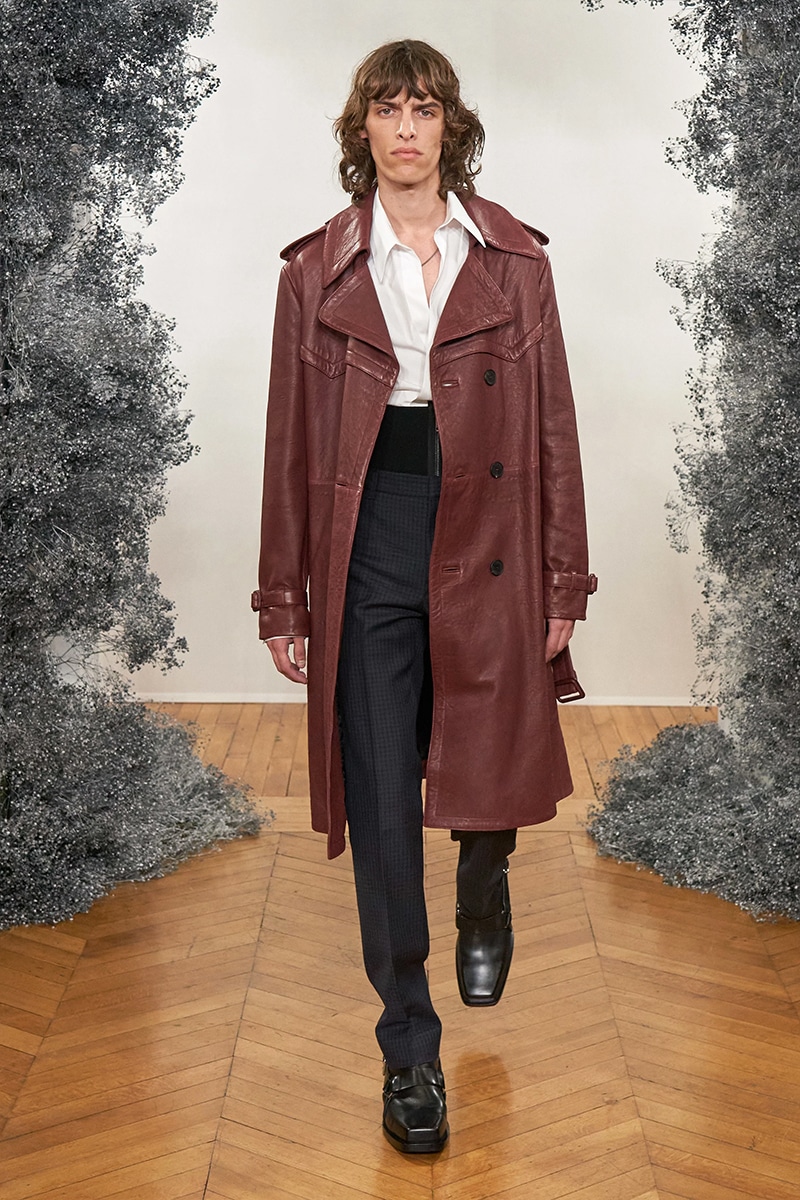





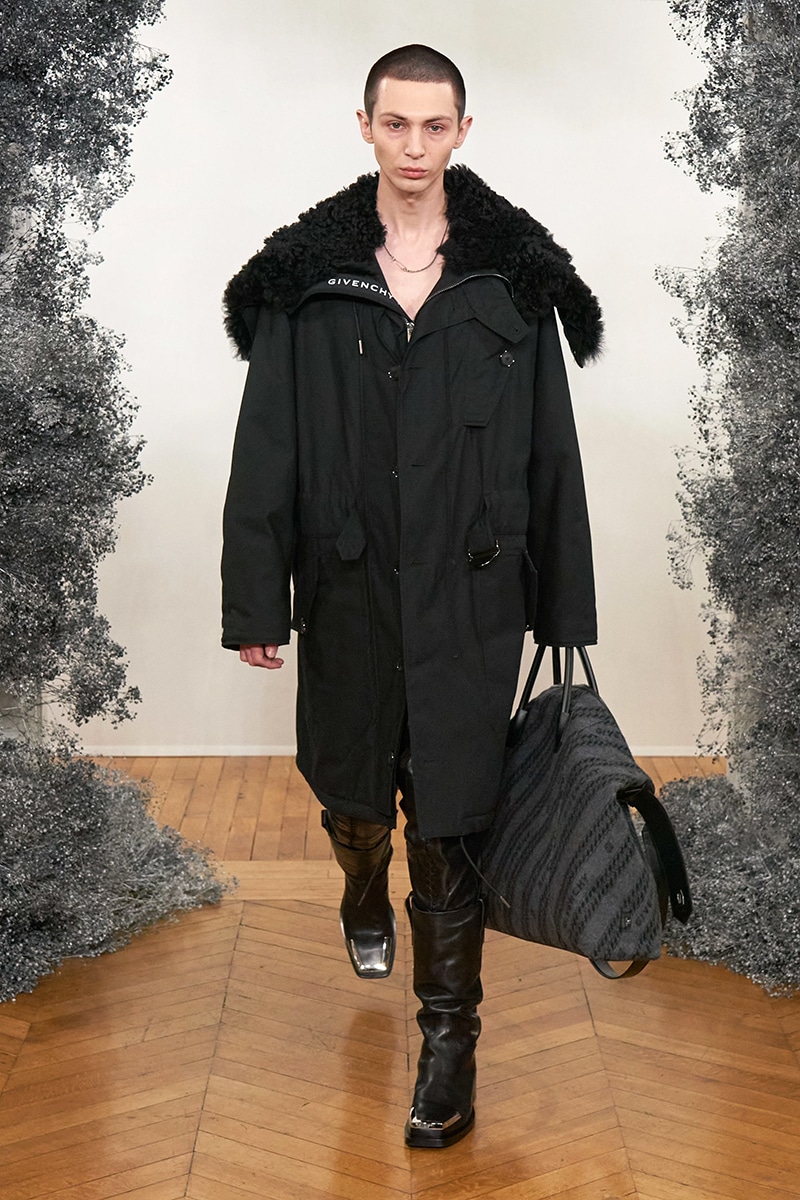
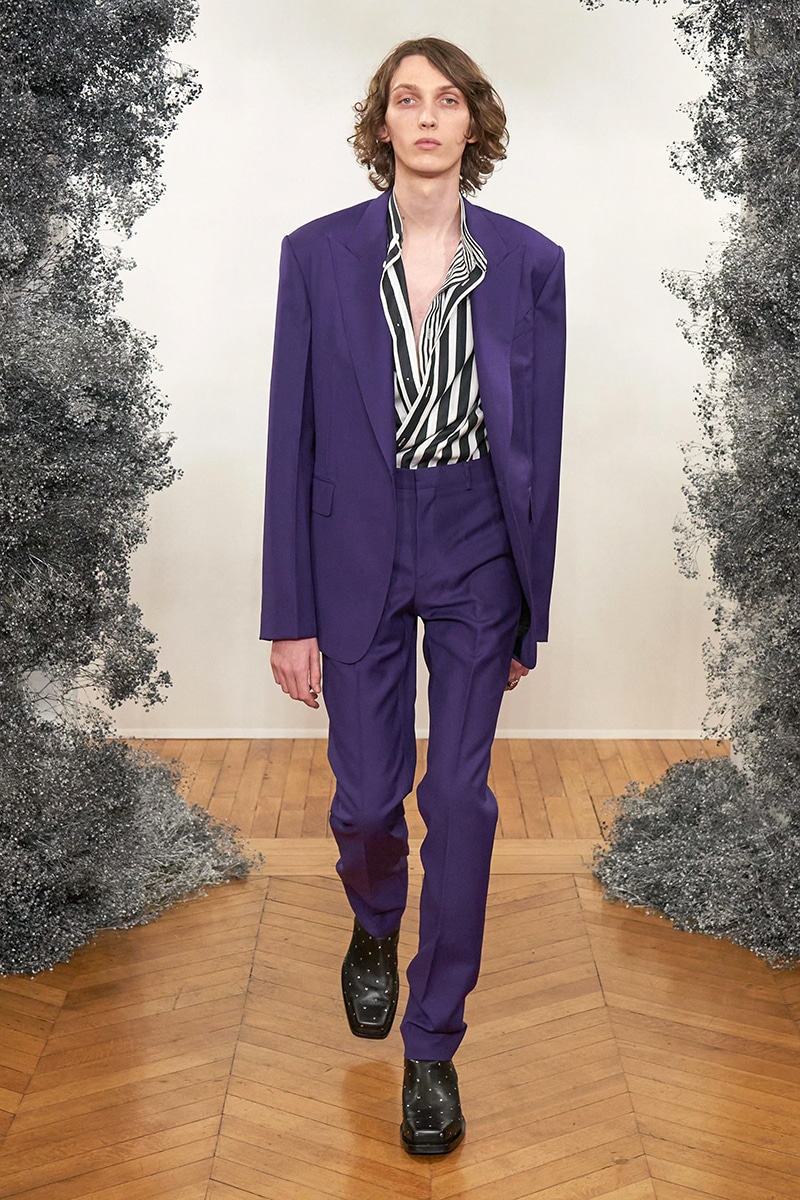

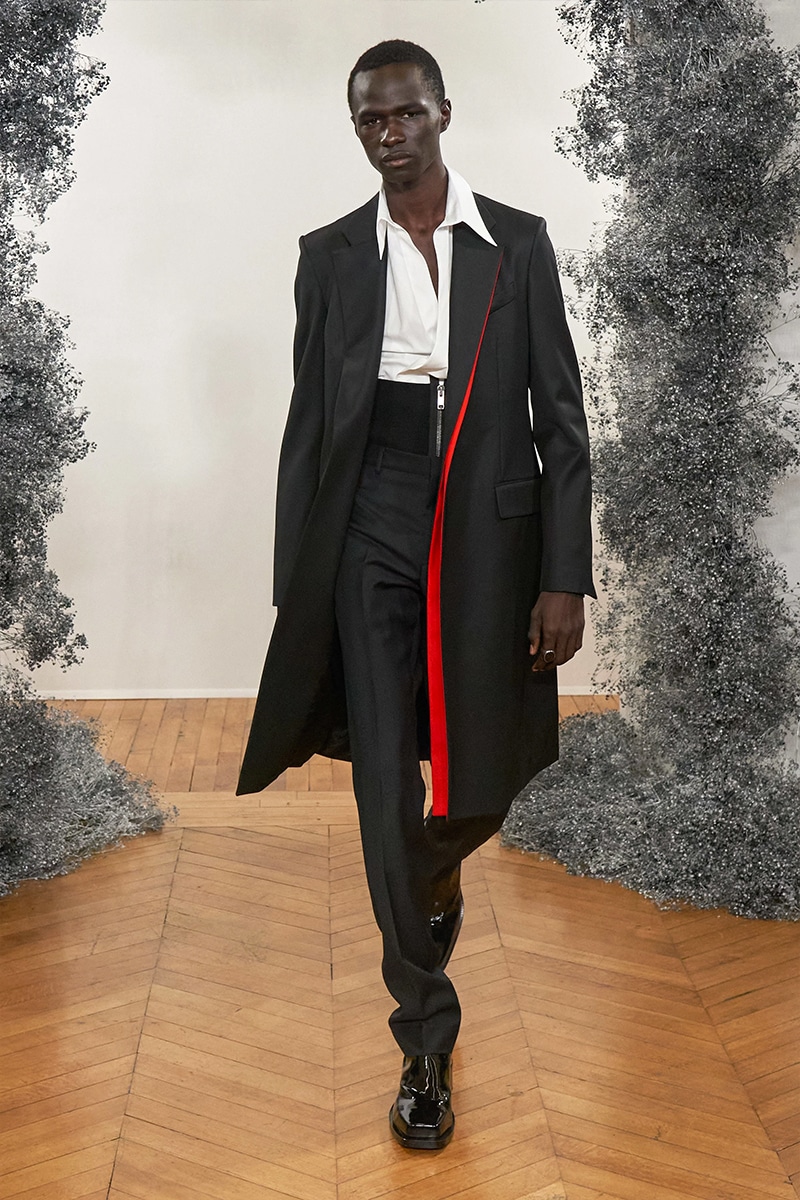

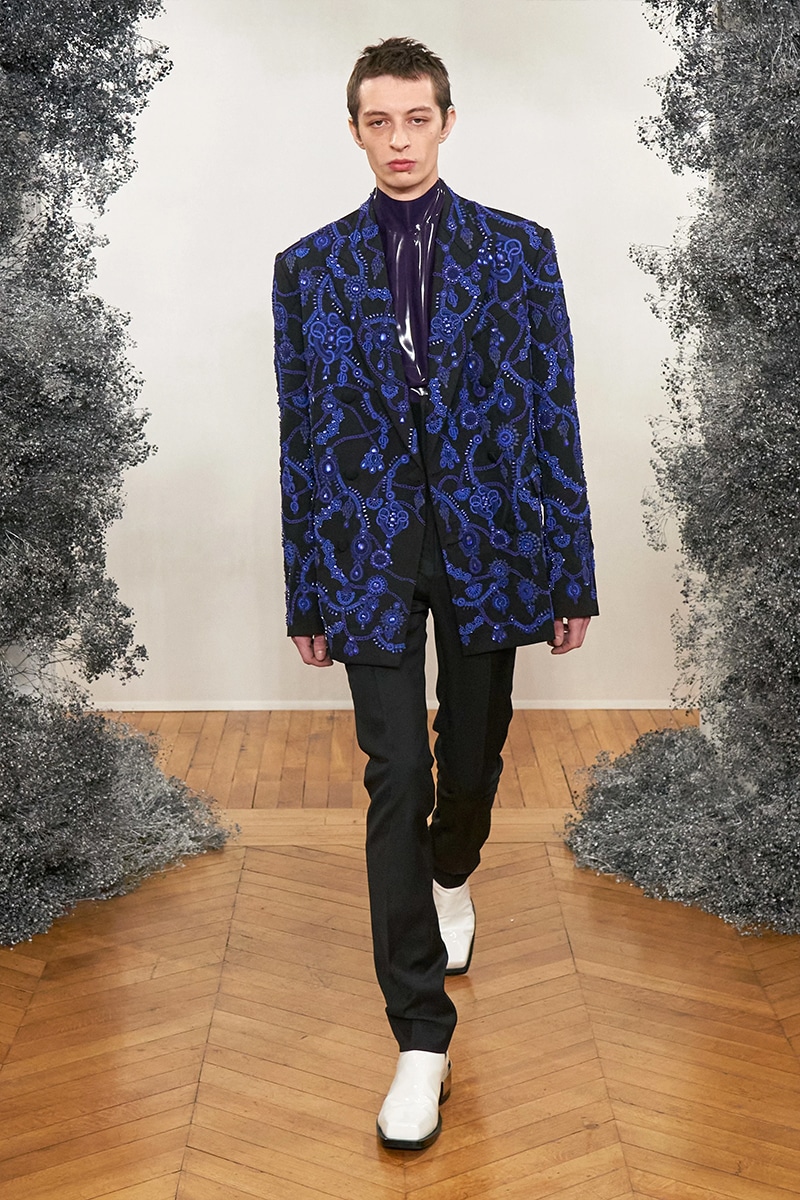

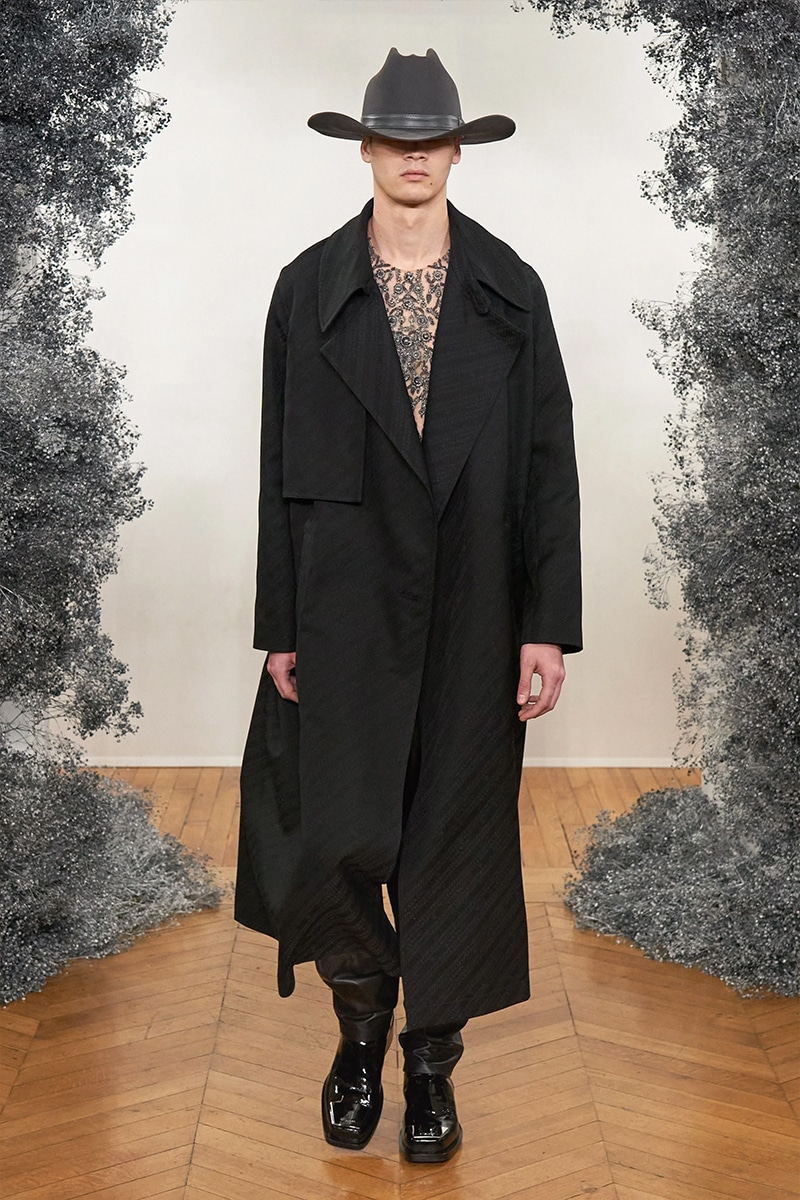


Yeshwant Rao Holkar II, known as Maharaja of Indore, was an ever lavish disciple of the 1930s, or better, an aristocratic profile of unspoken opulence with noble honors dispersed in the houses of Paris. Avid to cross the world, his wealth had the capability to bedazzle. Clare Waight Keller caught the now-closed exhibition about him at the Musée des Arts Décoratifs and prompted amazed. No matter the avenue swung by, key fractions of designers are probing into the masculinity index, more occasionally than not, dithering on what’s attractive-yet-sexy-yet-bogus in relevance to the modern man. The bell chimes, showtime: it suddenly becomes a collision of styles (street prevailing), and the design becomes less “desirable” and much more “attainable.” Keller has had a positive remark in stretching an opportunity of uplifting the post-modernist generation, giving fashion a refreshing sense of growth, or better, birth. “It’s that kinda vibe” Hubert De Givenchy prized: a man infused by elegance and lasting lure. And that explains her sublime take on tailoring which was figure-bracing: we admire square-toed boots, swaggy blazers and structure, structure, and more structure. Pause it here: structuring errors caused by the frenzy “street” codes, nodding at a new wave of wilfulness in thinking (and making). Oversize tops with tapered trousers furthered in fascination.
Waight Keller’s purpose of redefining the modern man can be classed a forte, but what’s even more enthralling is that she failed not to reference a whole heritage that characterized her (leading-edge) spirit.
Louis Vuitton Fall/Winter 2020
SAINT LAURENT x EVERLAST
We met Yoon Ambush – Founder and Creative Director of AMBUSH – in Paris during Men’s Fashion Week.
Les Benjamins has turned its attention to the tennis court with a new collection that mixes sport and style.
GUESS JEANS has officially arrived in Tokyo, opening its first Asian flagship store in the heart of the city’s fashion district.
WHOLE is a pilgrimage for the global queer community, a temporary world where joy, radical acceptance, and self-expression reign supreme.
Alexis Otero captured by the lens of Lucas Lei, in exclusive for Fucking Young! Online.
Levi’s® is celebrating Oasis’ long-awaited reunion with a new collection that combines the band’s iconic style with classic denim.
There’s no bitterness in the heartbreak here, just the sense that longing isn’t defeat, but proof you’re alive.
We had the chance to catch up with Ohio-born, Brooklyn-based designer Kody Phillips in his Paris Fashion Week showroom where he unveiled his Spring/Summer 2026 collection.
Dean and Dan doubled down on their love of fashion’s most dramatic moments, remixing 80s power dressing, 90s grunge, and 2000s excess into something entirely their own.
Gerrit Jacob’s latest collection, GAME OVER, isn’t about surviving the wild but about surviving the grind.
Telekom Electronic Beats (TEB) and 032c are turning 25, and they’re celebrating with a capsule collection and an installation by Harry Nuriev. Titled All is Sound.
Cult Korean menswear brand THUG CLUB teamed up with designer IZZY DU for an unforgettable dinner and afterparty at the mythical Lapérouse during Paris Fashion Week.
Jonathan Anderson has always treated fashion like a carefully assembled collection, mixing the unexpected, trusting his instincts, and binding it all together with a strong point of view.
The Palau Reial de Pedralbes provided the perfect backdrop as IED Barcelona unveiled its 21st Fashioners of the World showcase.
This season, Camper unveils its first collaboration with ISSEY MIYAKE’s Peu Form, designed by Satoshi Kondo.
A collection that exudes freshness, confidence, and a desire to write a new page in the history of the Maison.
“Poison Ivy” tells the story of a transfer student’s dangerous fixation with his school’s golden boy.
Aitor Santomé’s AHOY Diary on Board is a glitter-drenched, holographic love letter to queer joy, fashion, and the magic of the open sea.
Louis Vuitton has introduced its latest Silver Lockit 2025 collection, developed in partnership with Felix, the brand’s Ambassador and UNICEF Goodwill Ambassador for Korea.
The Salomon XT-6 wasn’t made for sidewalks. Born for punishing mountain trails and ultra-distance races, its technical DNA speaks to wilderness endurance.
Stéphane Ashpool has opened Souvenir Pigalle at 17 Rue Duperré, a place built on his memories of growing up in Pigalle.
The book challenges narrow ideas of beauty and masculinity by simply letting men exist, unpolished and unapologetic, across generations.
The Guggenheim Museum Bilbao has opened the Barbara Kruger exhibition, Another day. Another night., curated by Lekha Hileman Waitoller and sponsored by Occident. This exhibition expands her audience and influence while pushing the limits of modern art… »
Forget ironed polos and pristine blazers. Peter Wu’s Spring/Summer 2026 collection is a tribute to the thrifted sweaters, the cut-off Dickies, the flannel pajama pants worn to early morning lectures.
Amsterdam’s Daily Paper has teamed up with Oakley to reimagine the Gascan sunglasses, combining streetwear storytelling with technical innovation.
Berlin’s KitKat Club became the perfect runway for #DAMUR’s Spring/Summer 2026 collection, “Get Wet.”
COLRS unveiled its Spring/Summer 2026 collection “JUMPING FENCES” during Berlin Fashion Week, bottling the reckless energy of a Brazilian summer.
On July 1st at Berlin’s old Tempelhof Airport, BALLETSHOFER staged a runway show that challenged how we dress for travel.
At Berlin Fashion Week, Andrej Gronau presented its Spring/Summer 2026 collection, Alpine Fiction.
At Berlin Fashion Week, Orange Culture unveiled its Spring/Summer 2026 collection, “In the Shadows.”







































